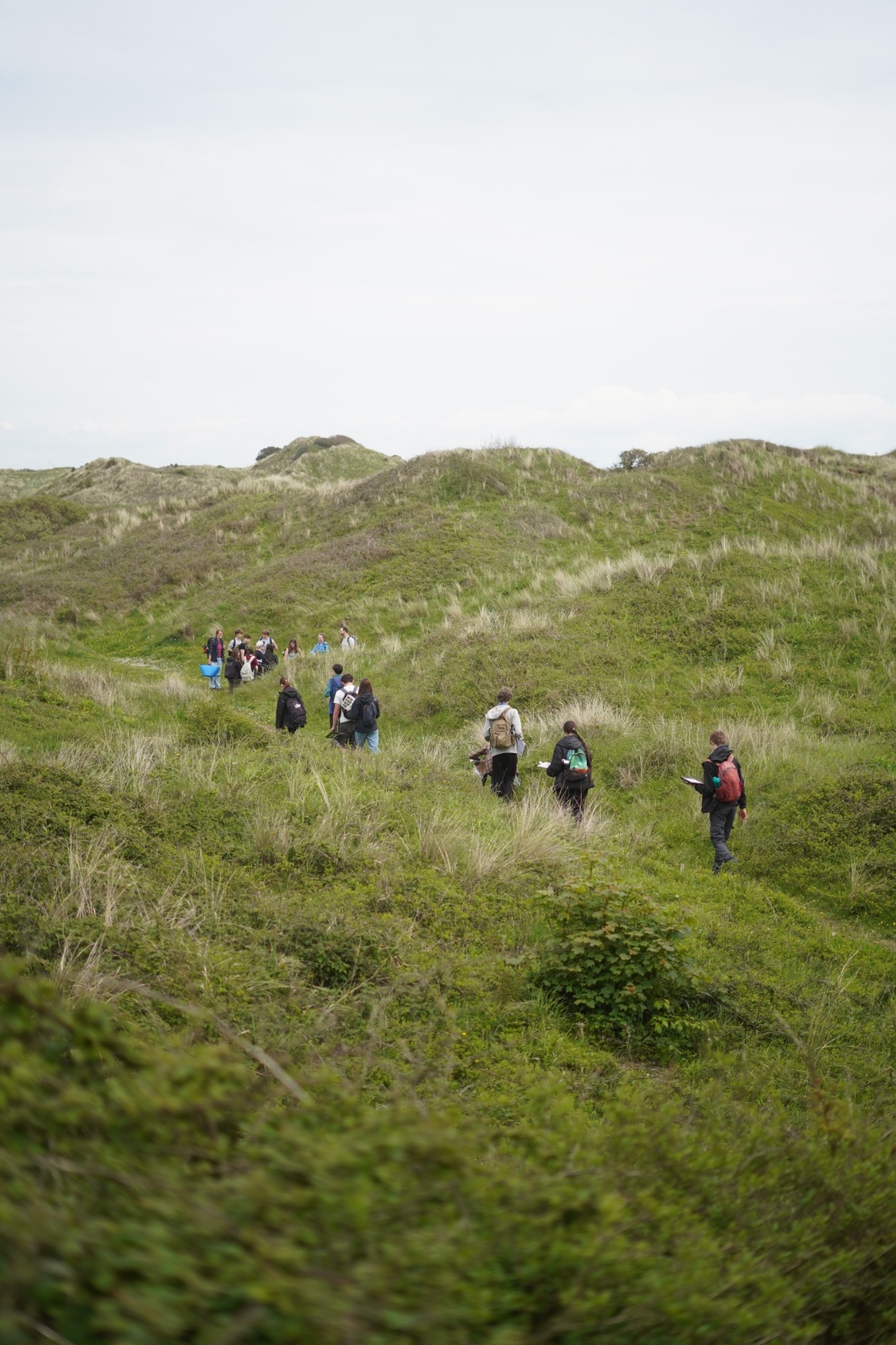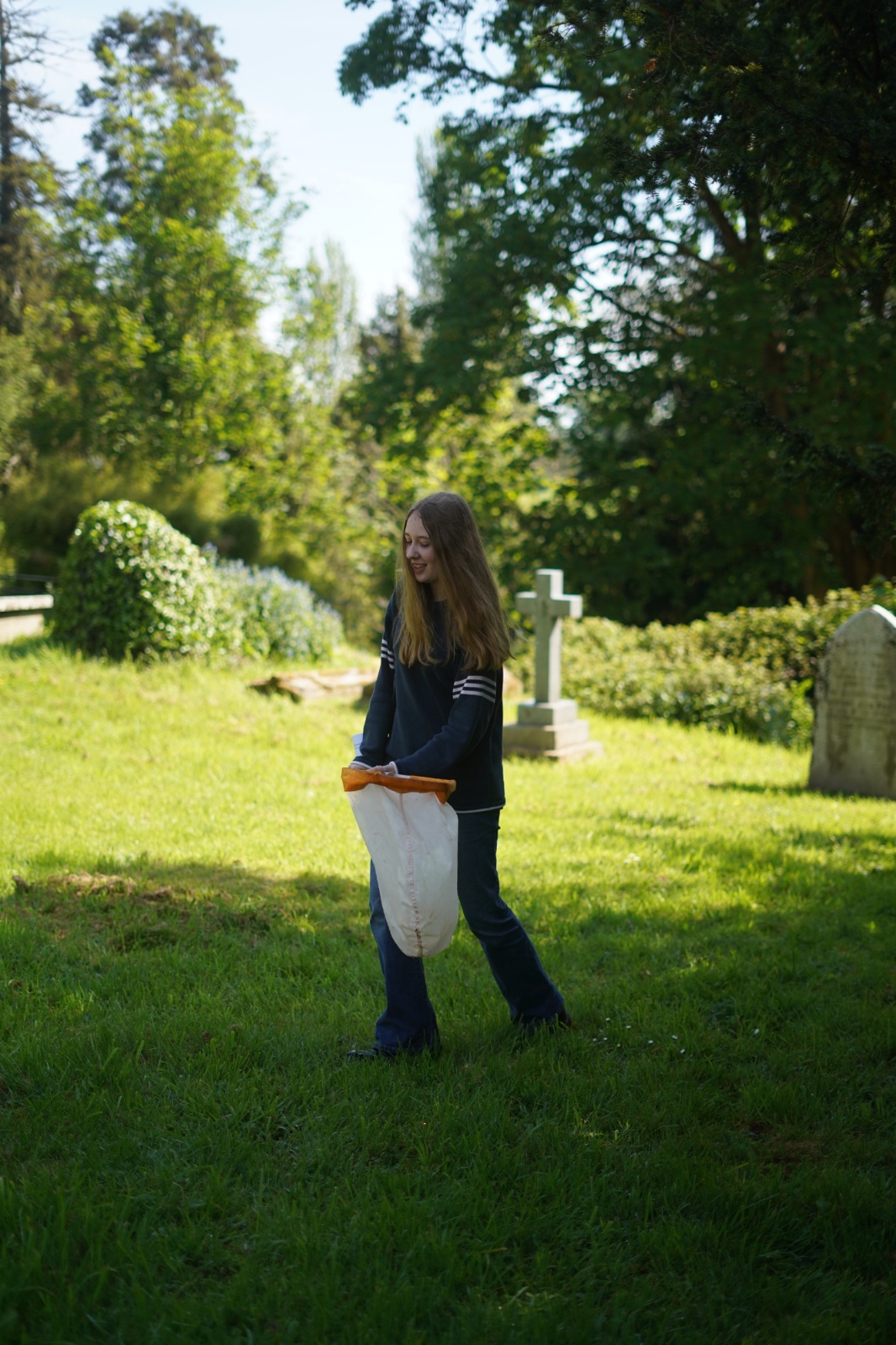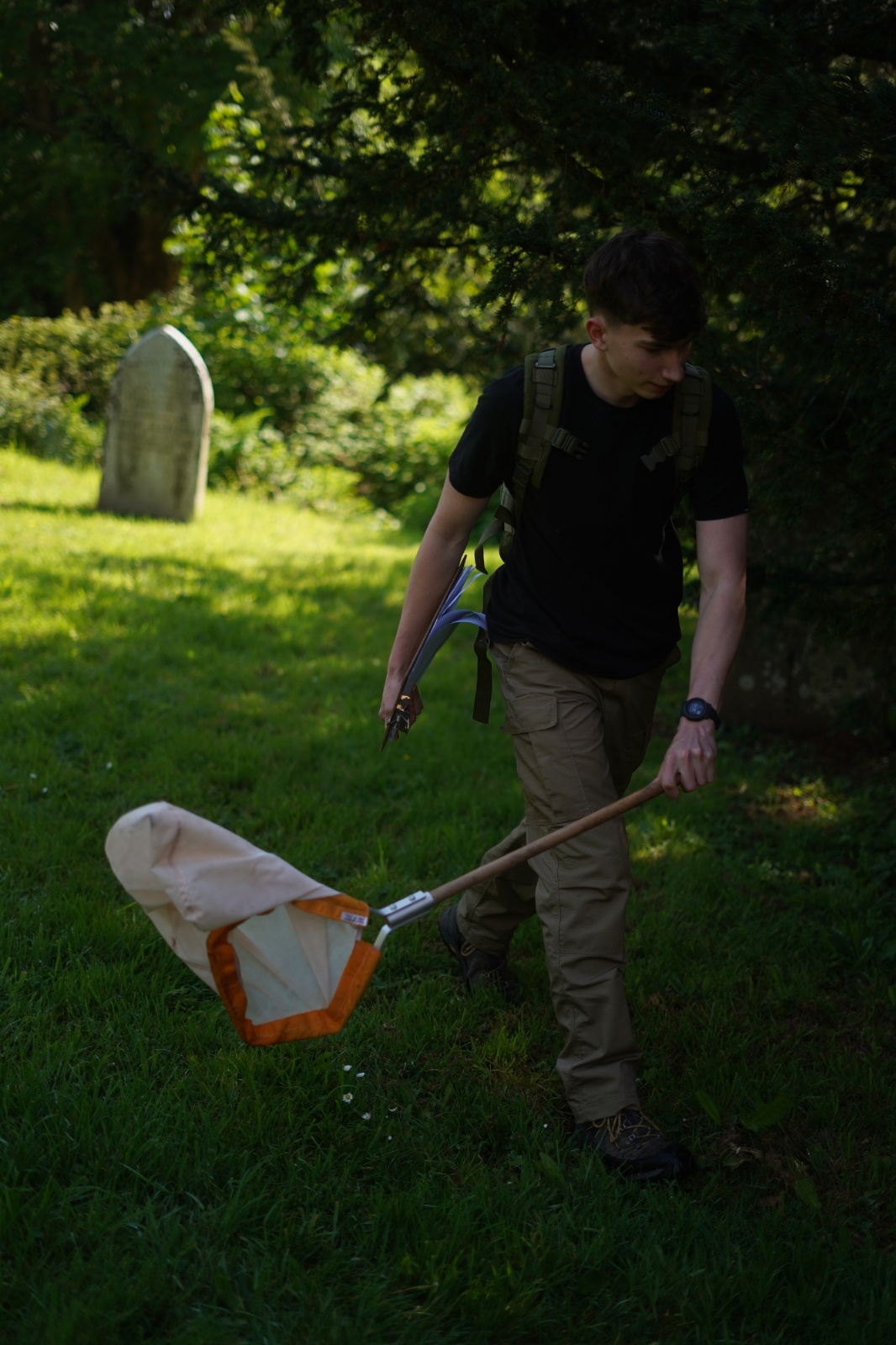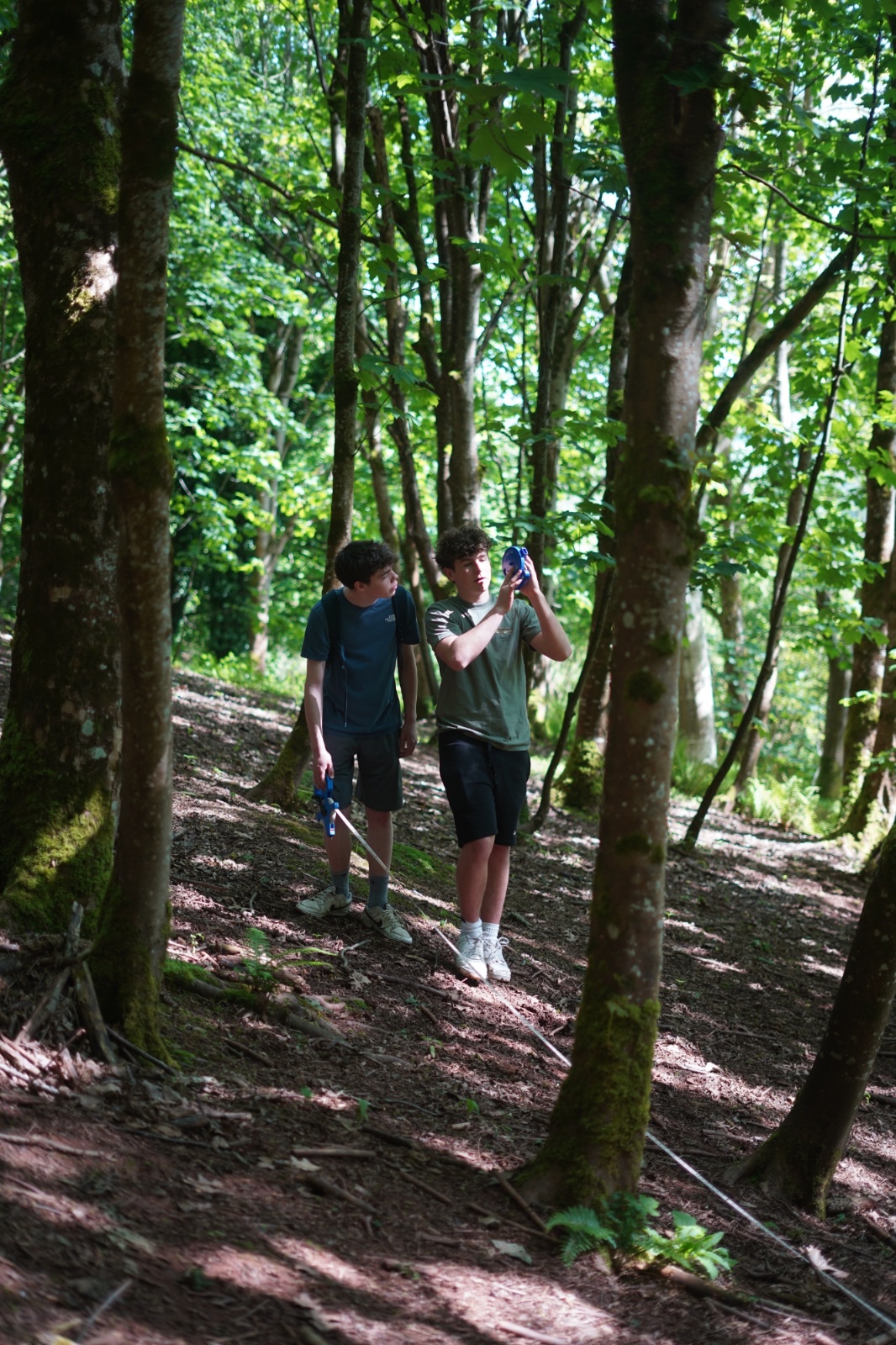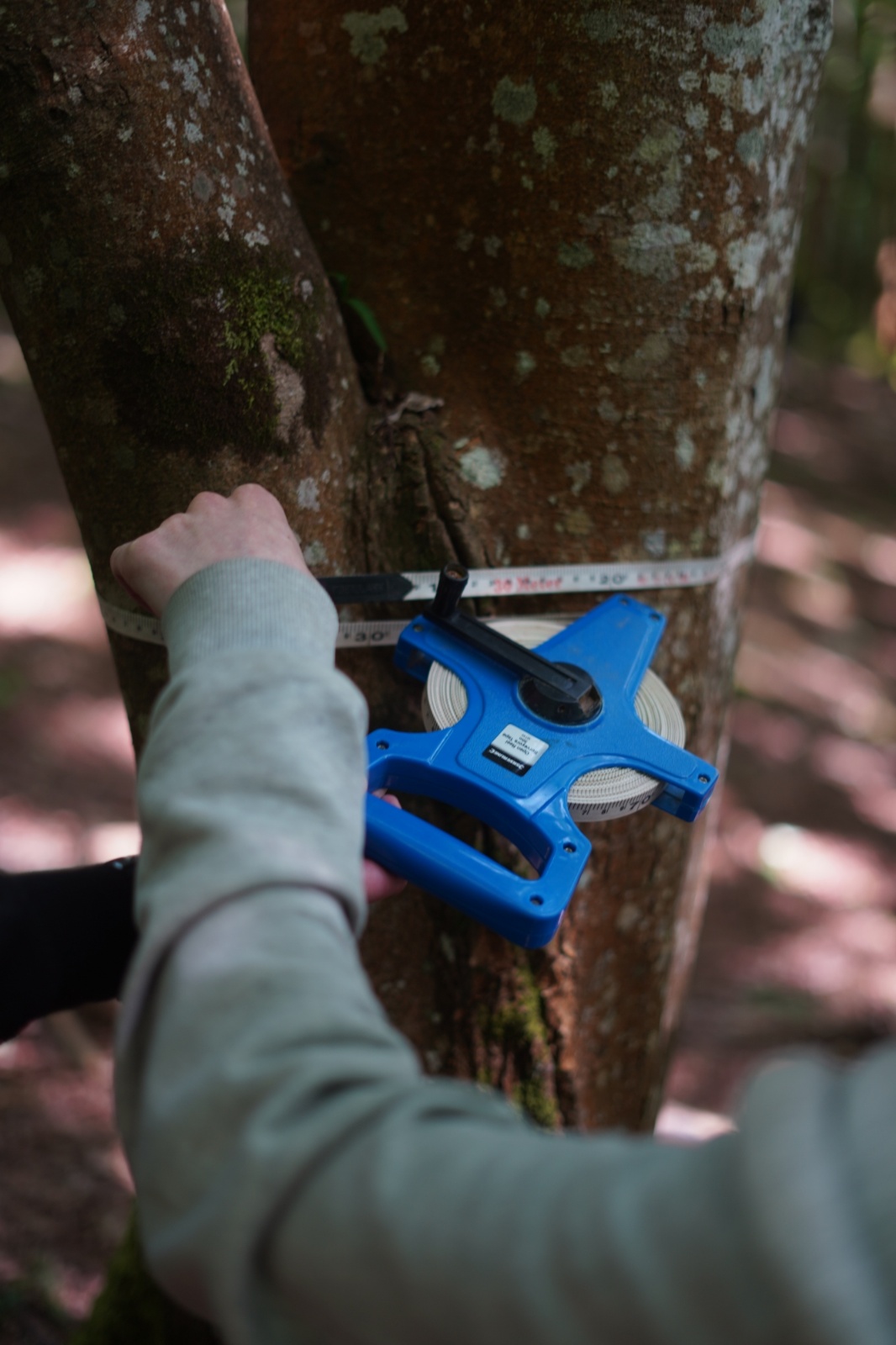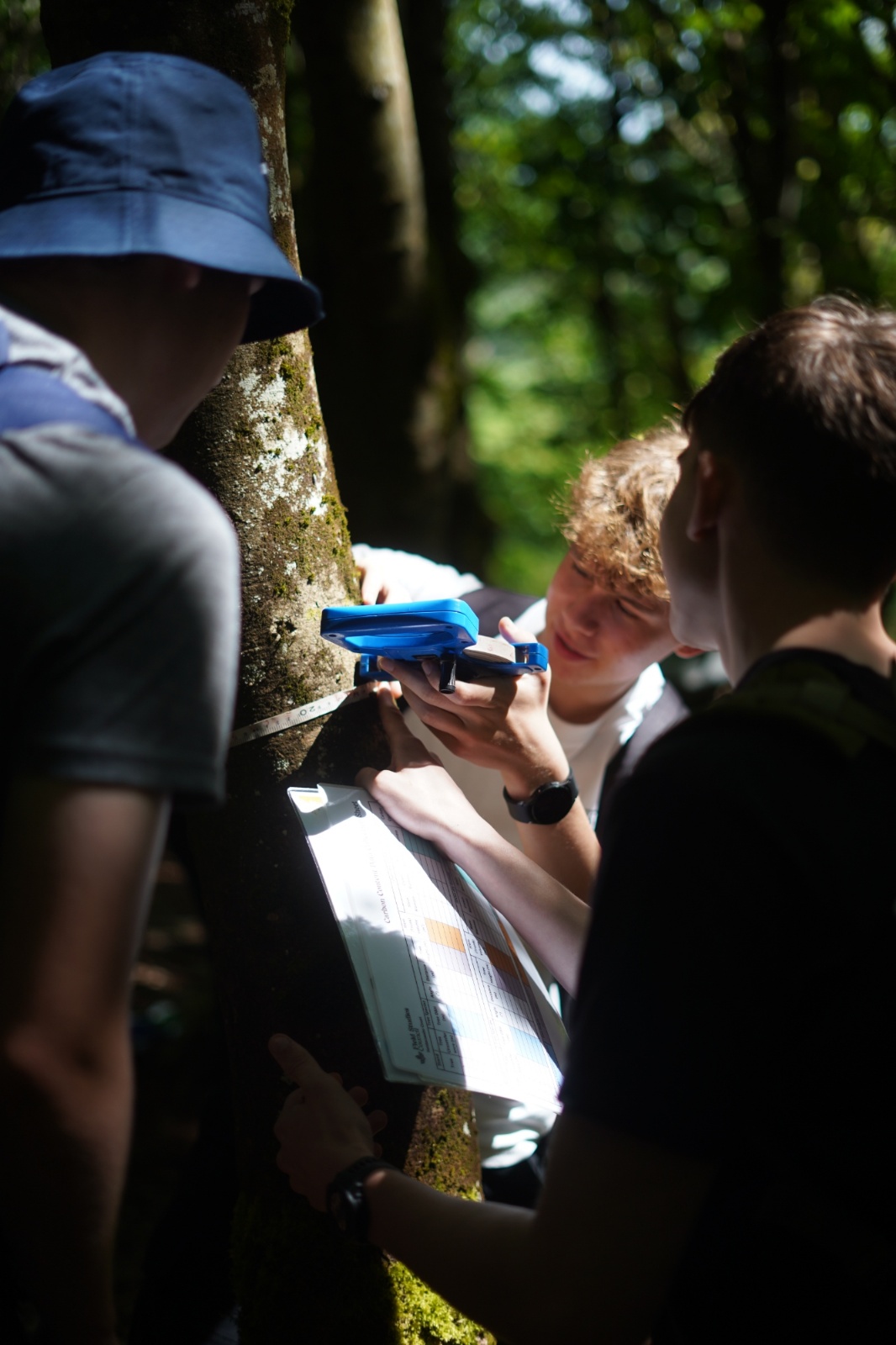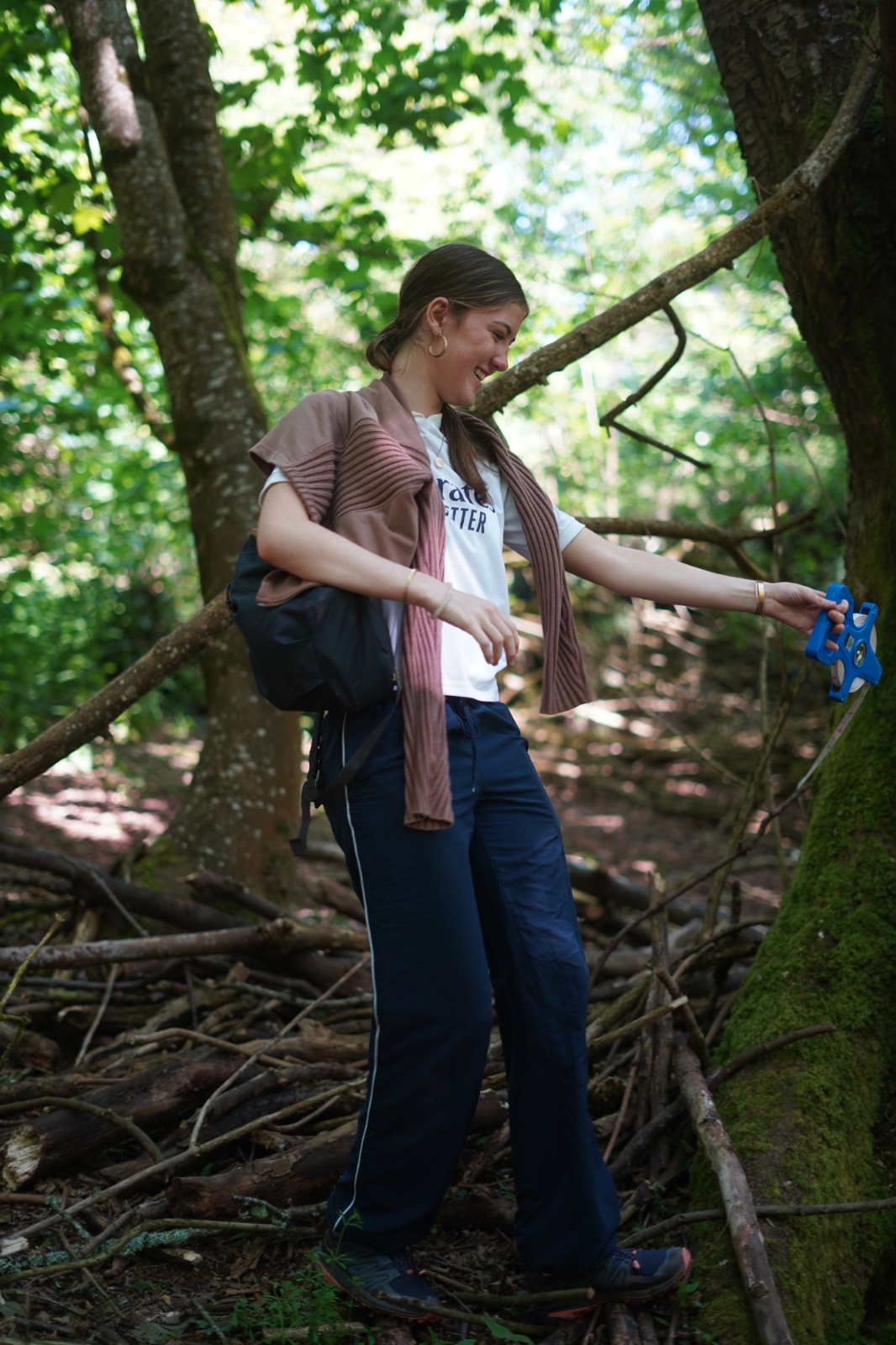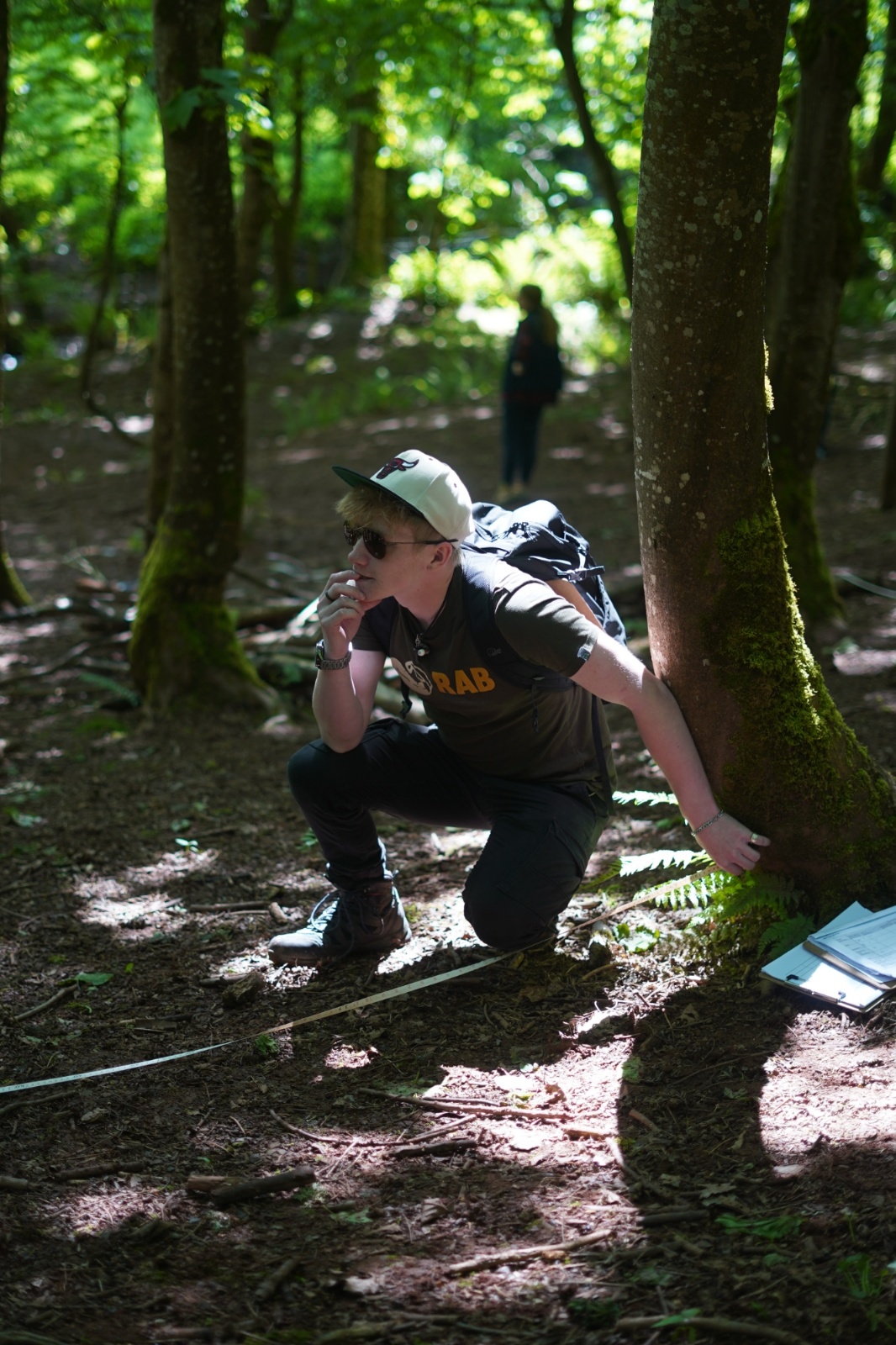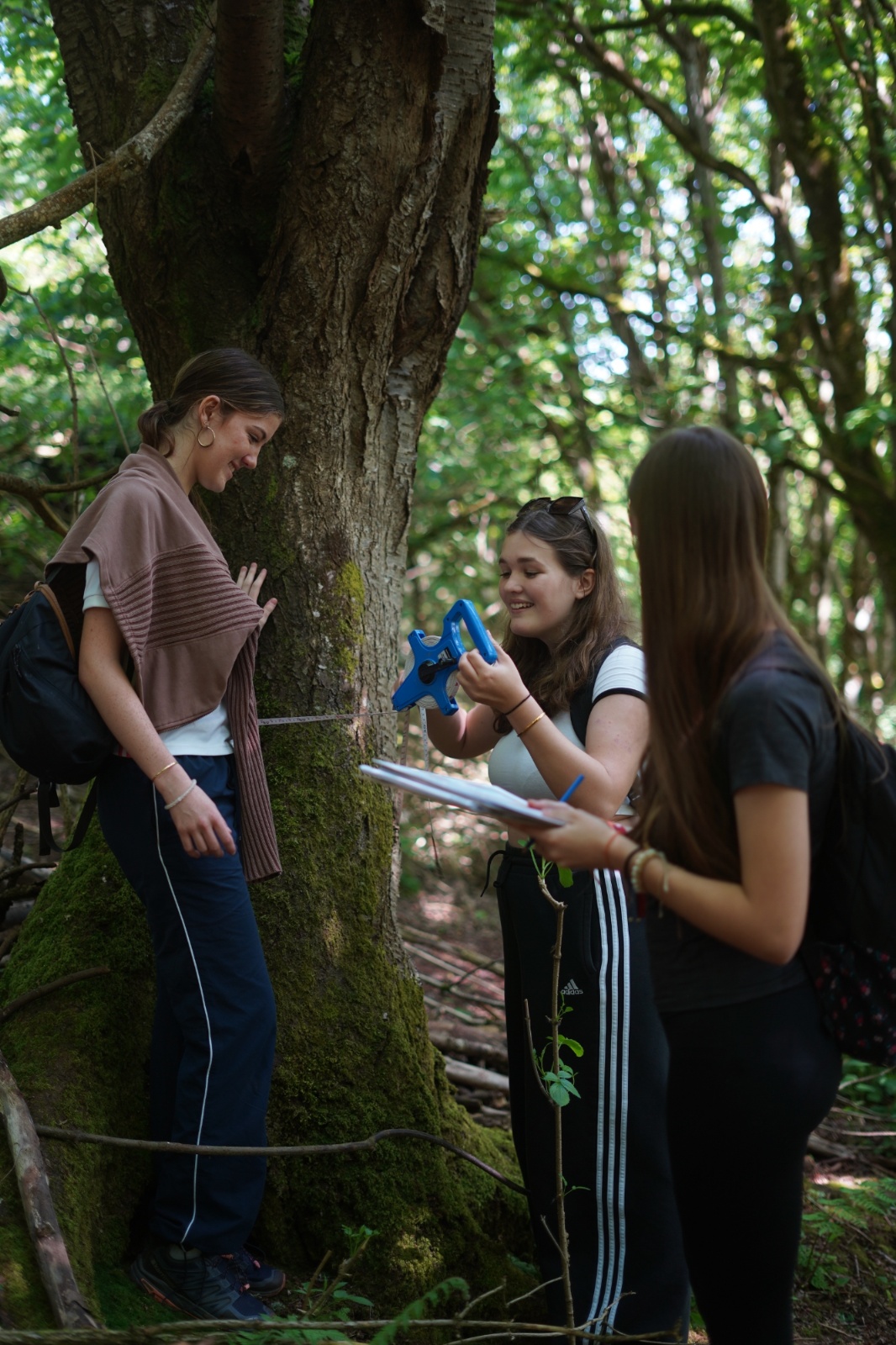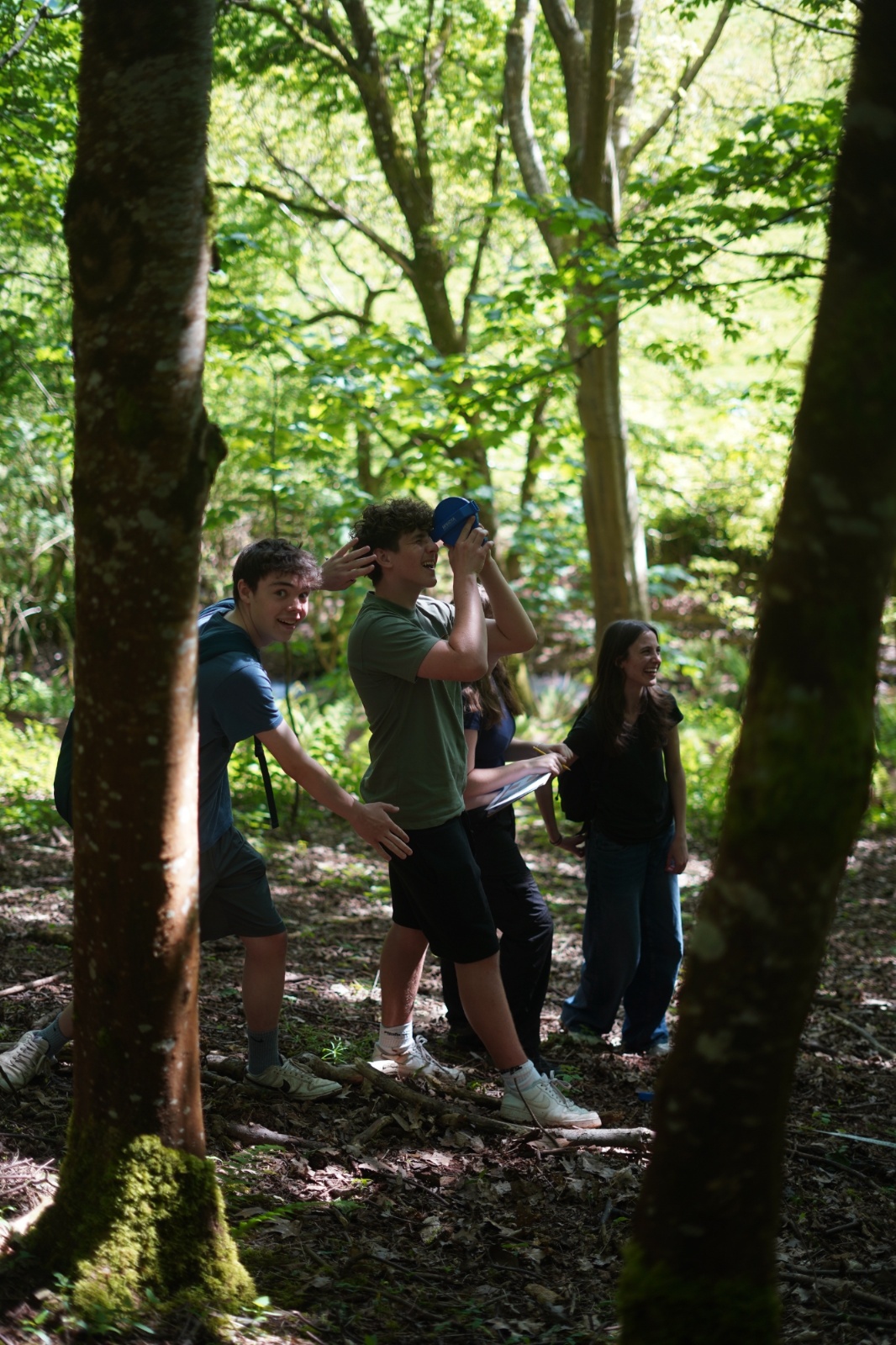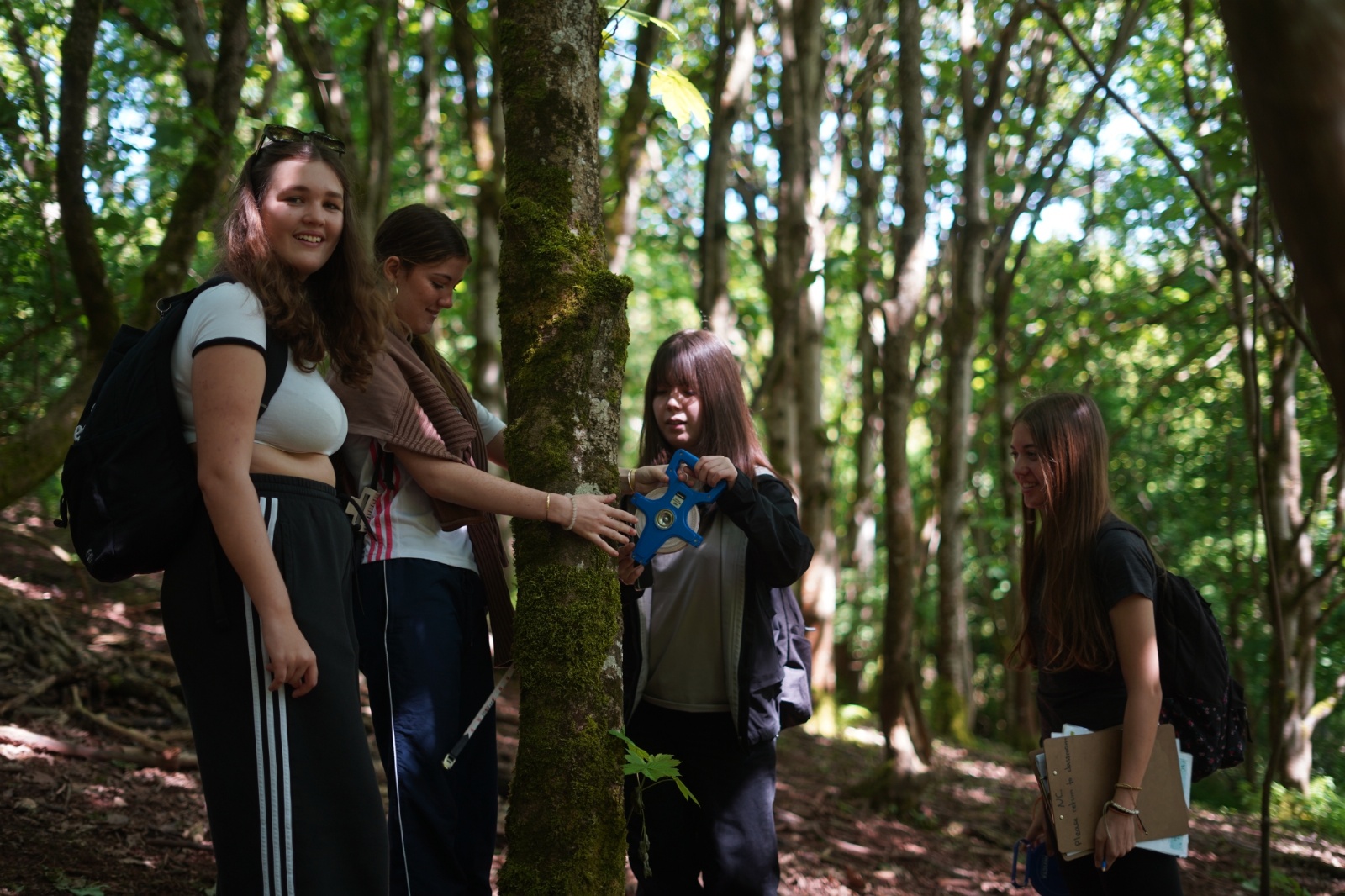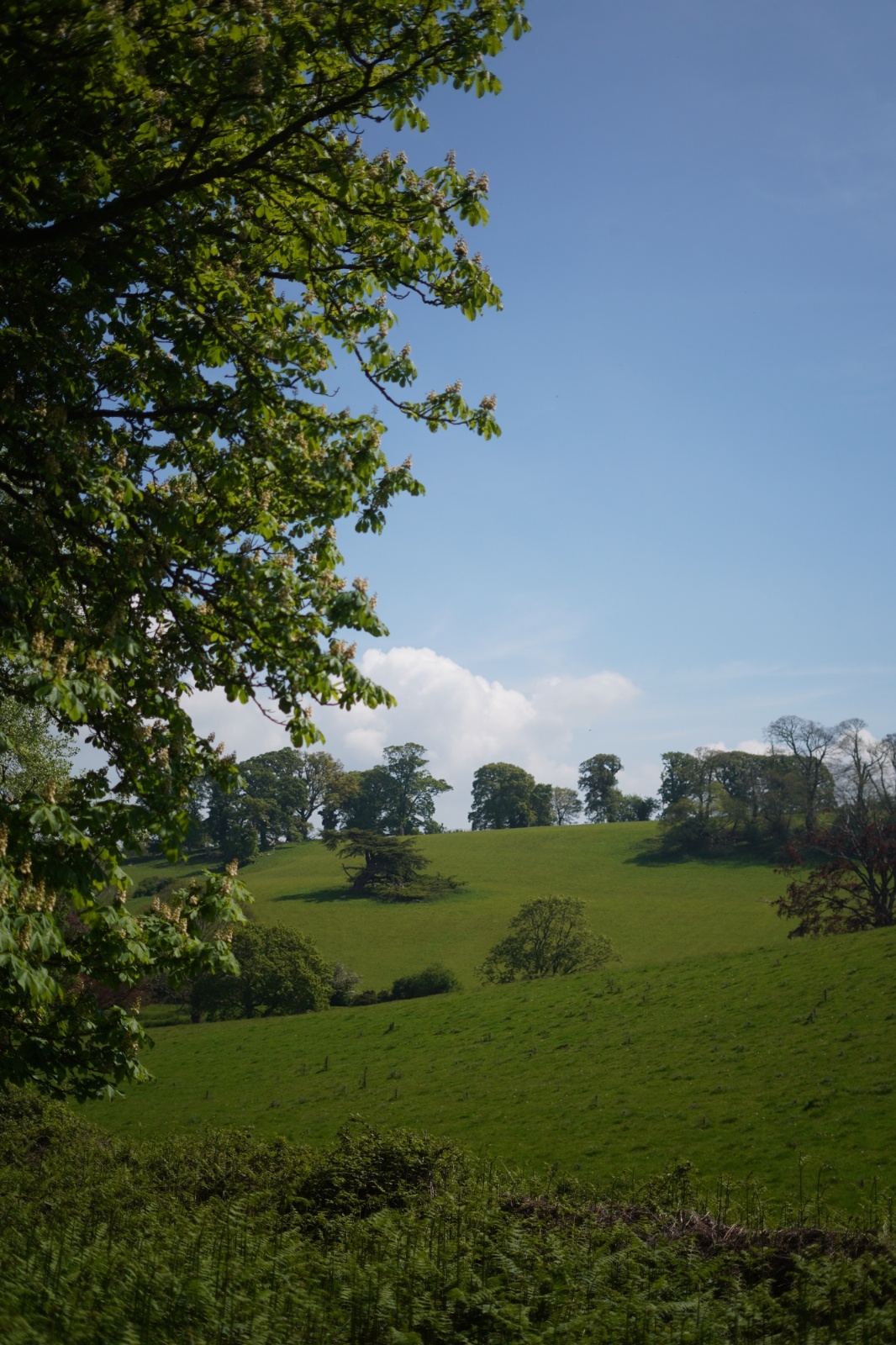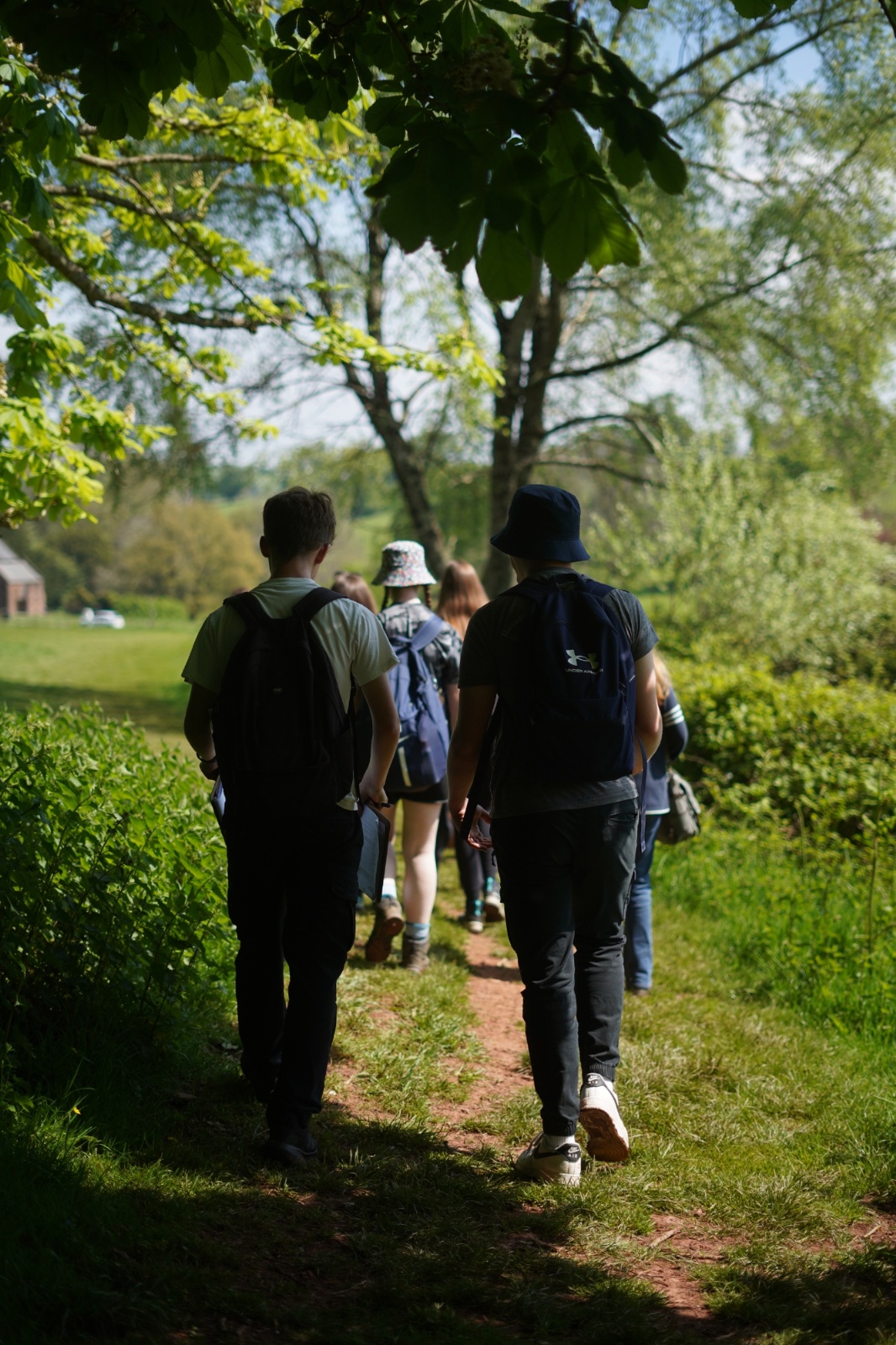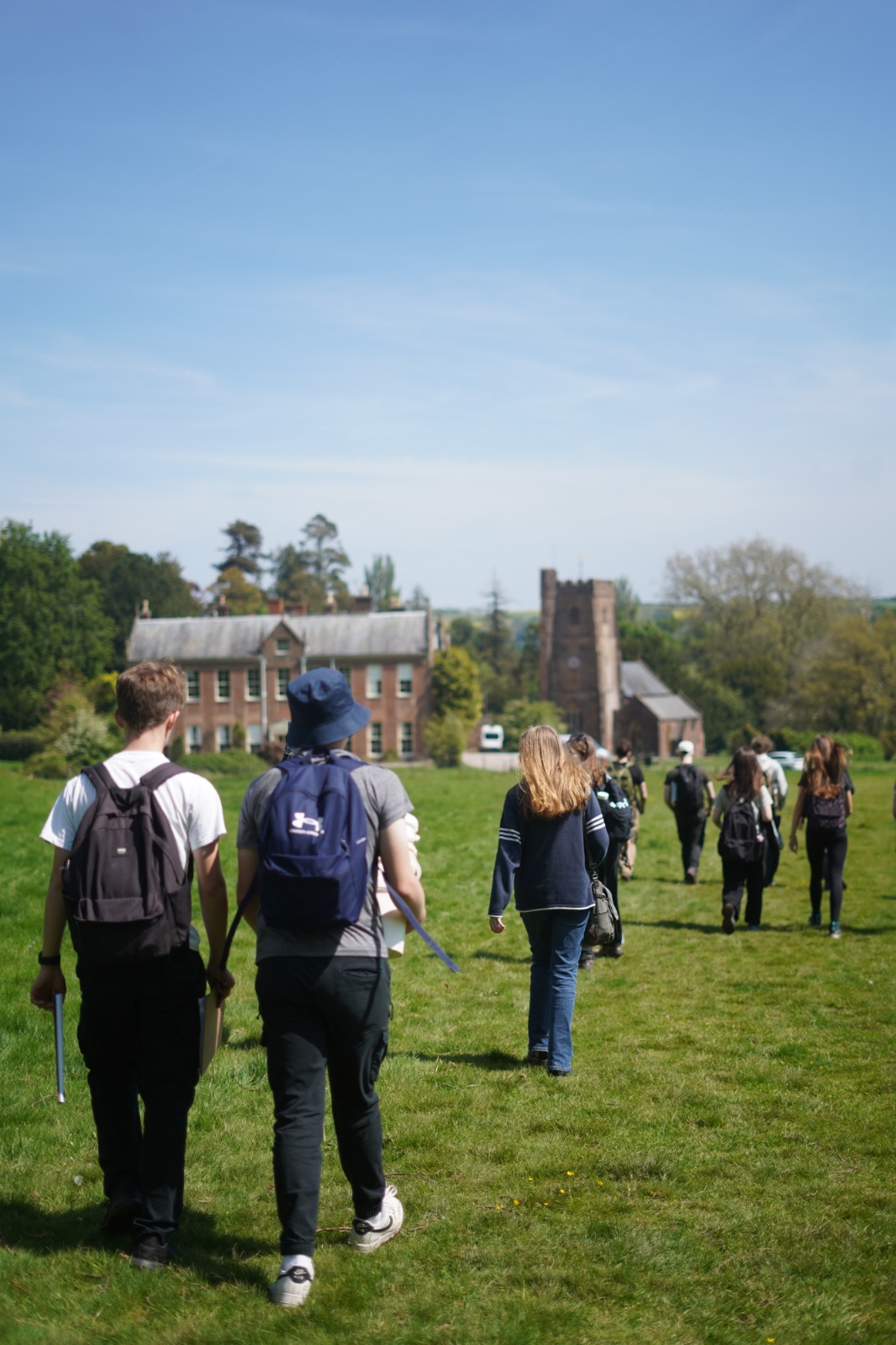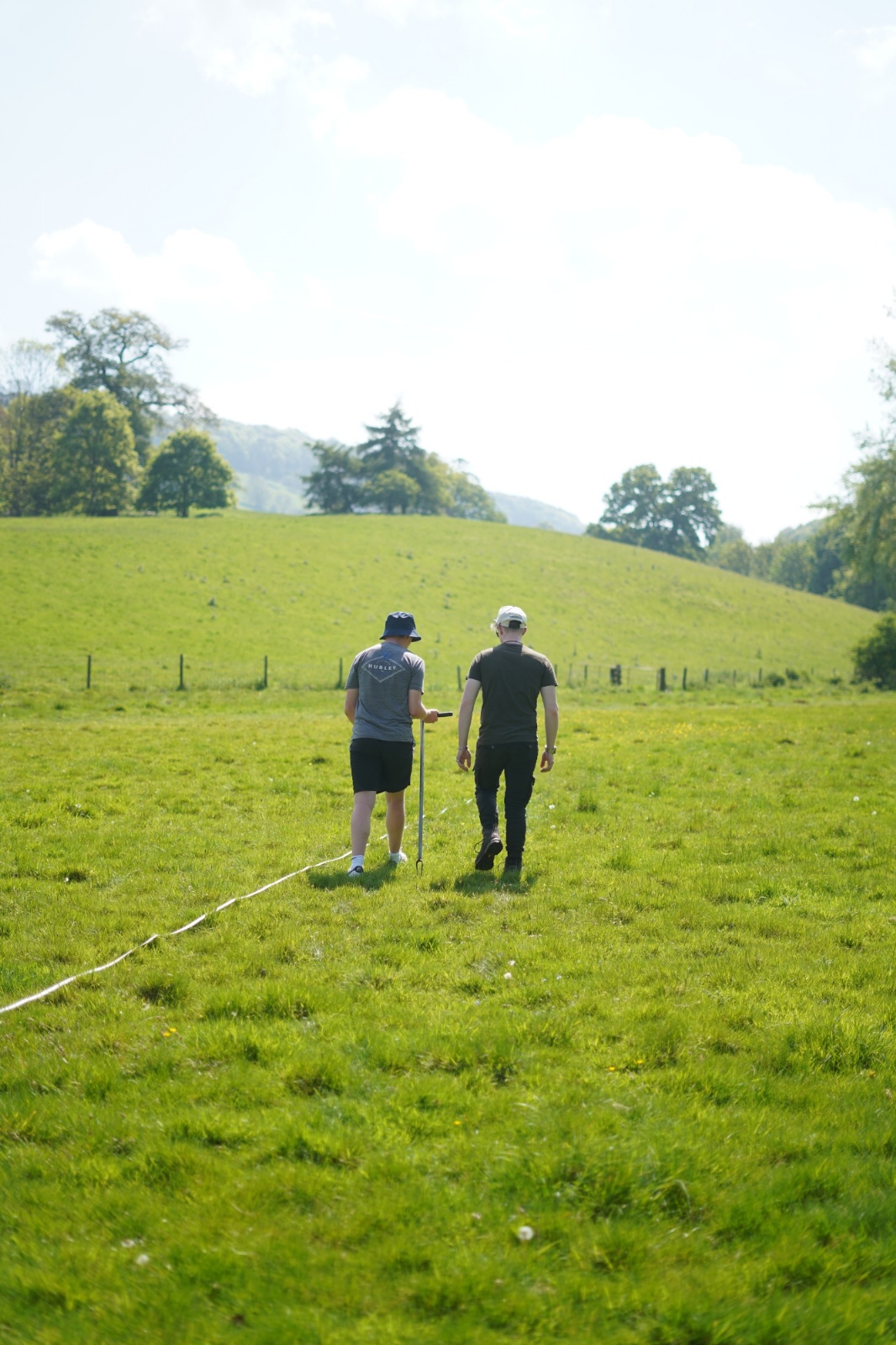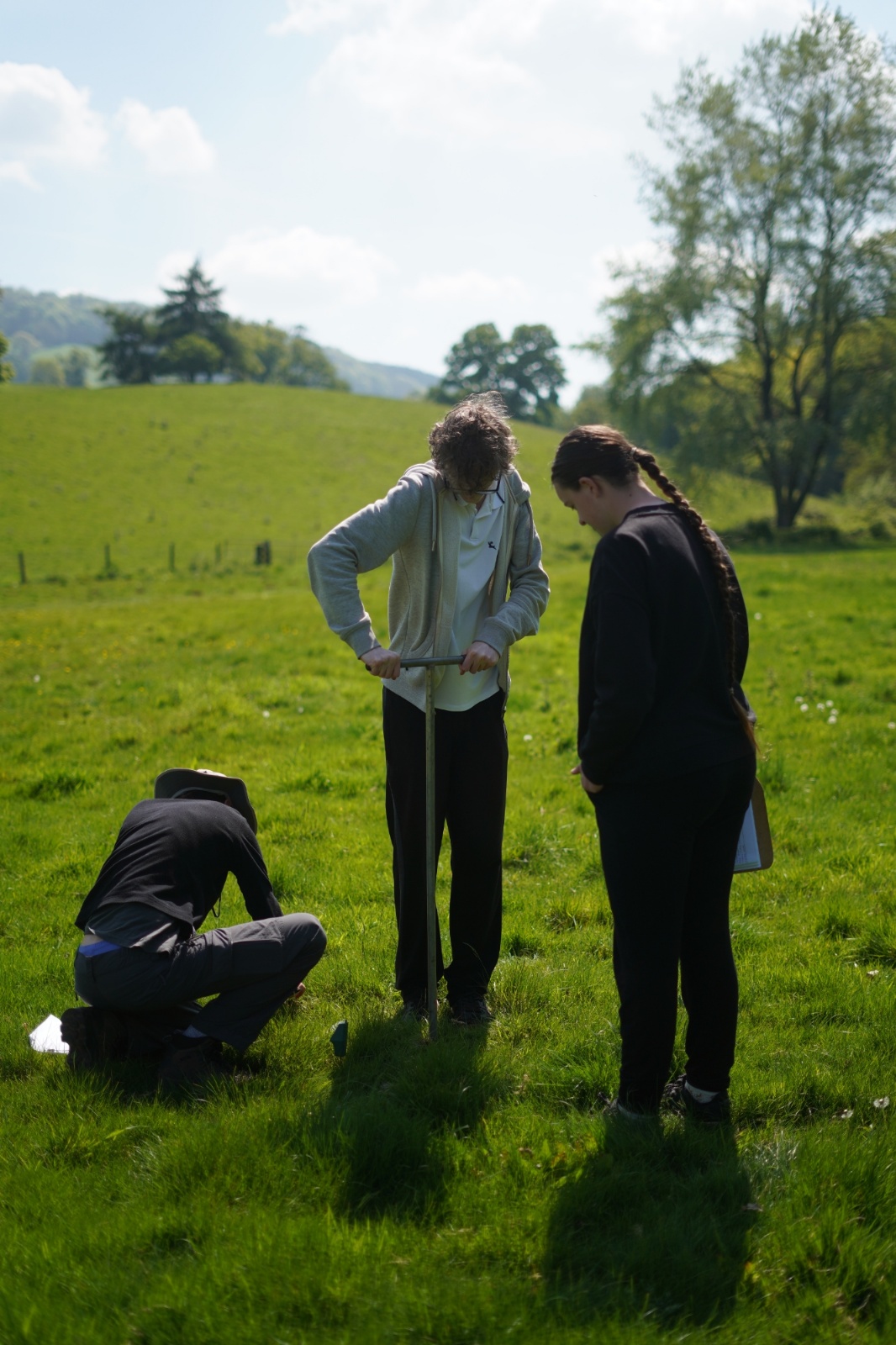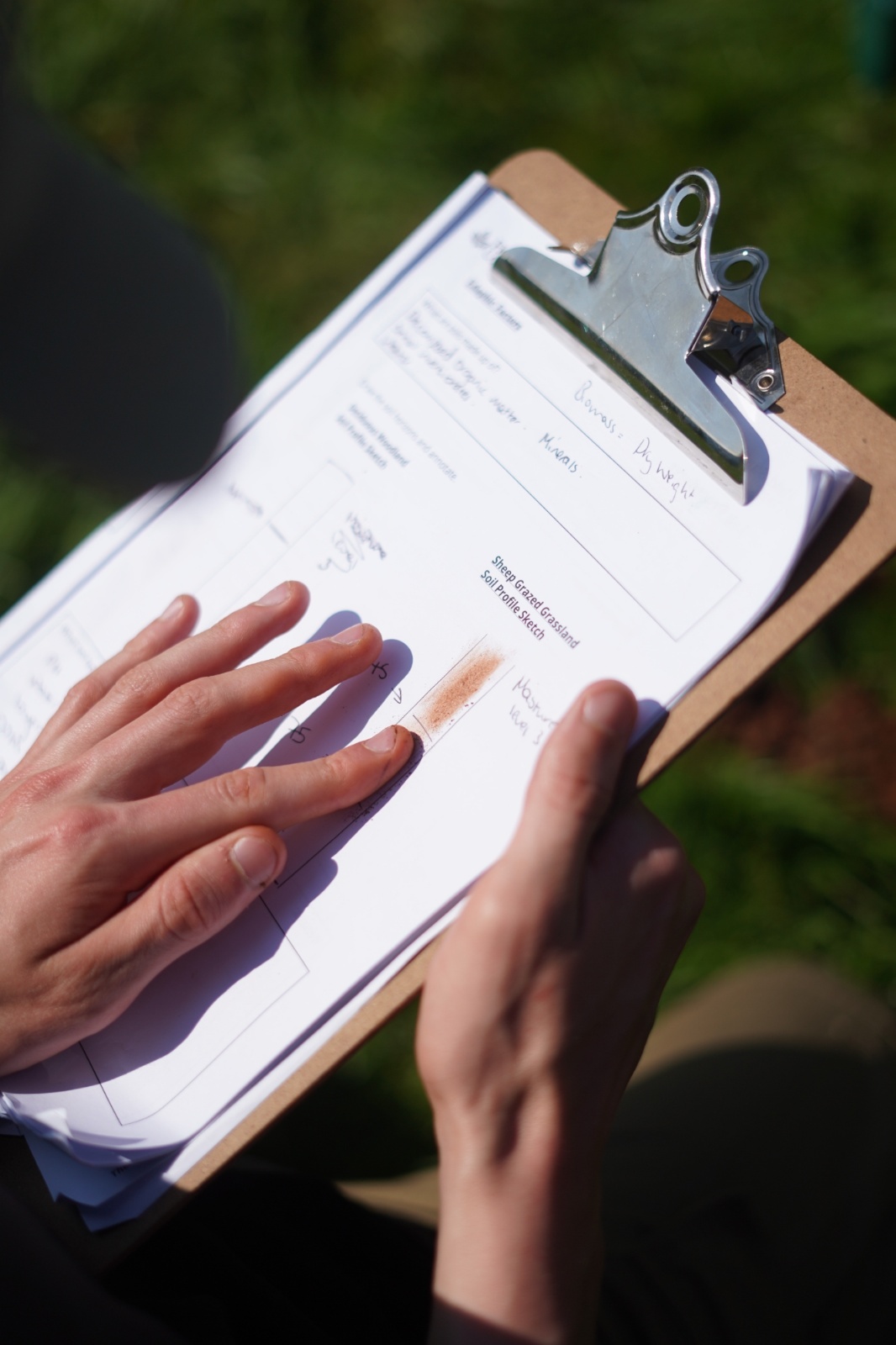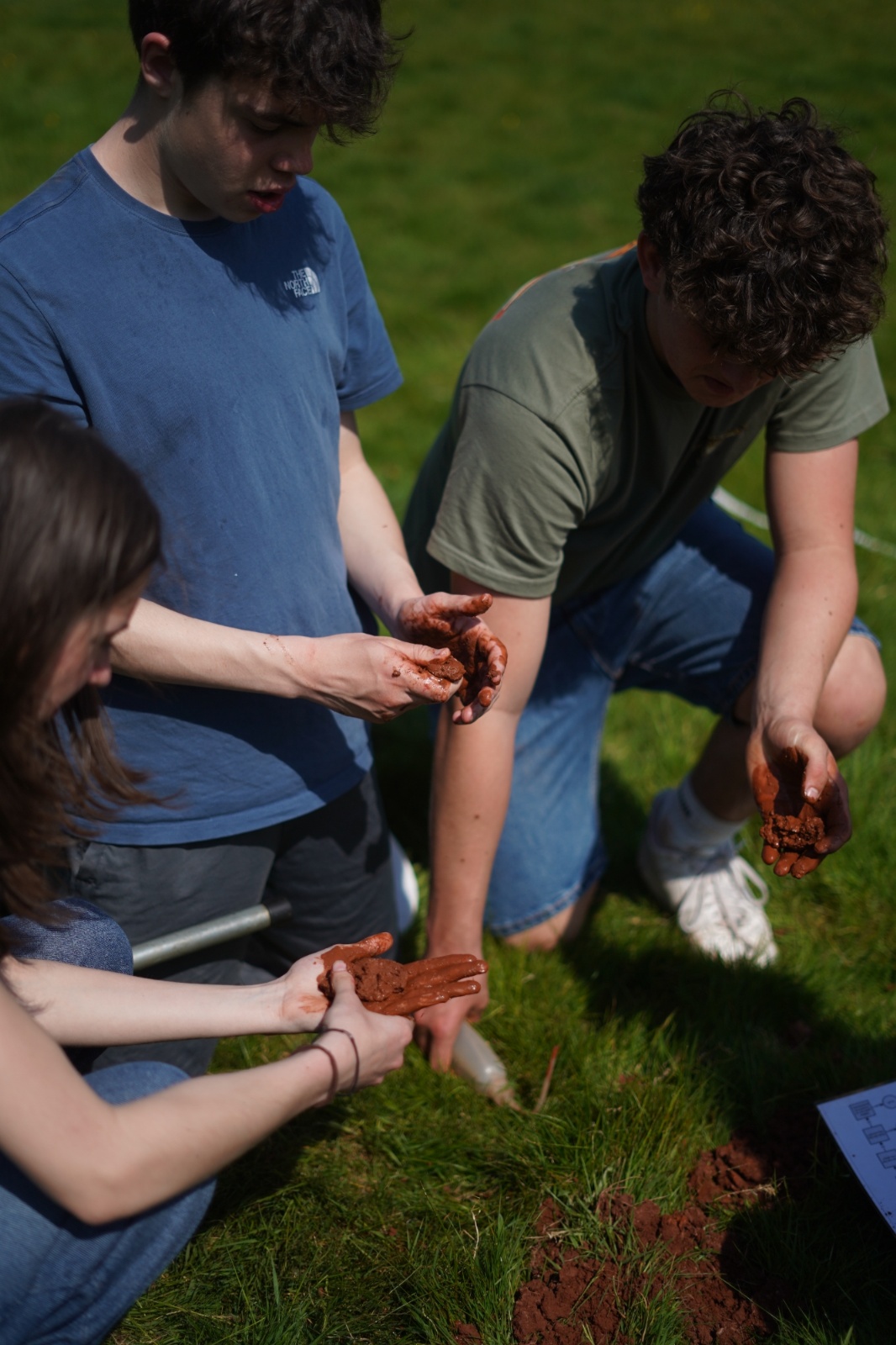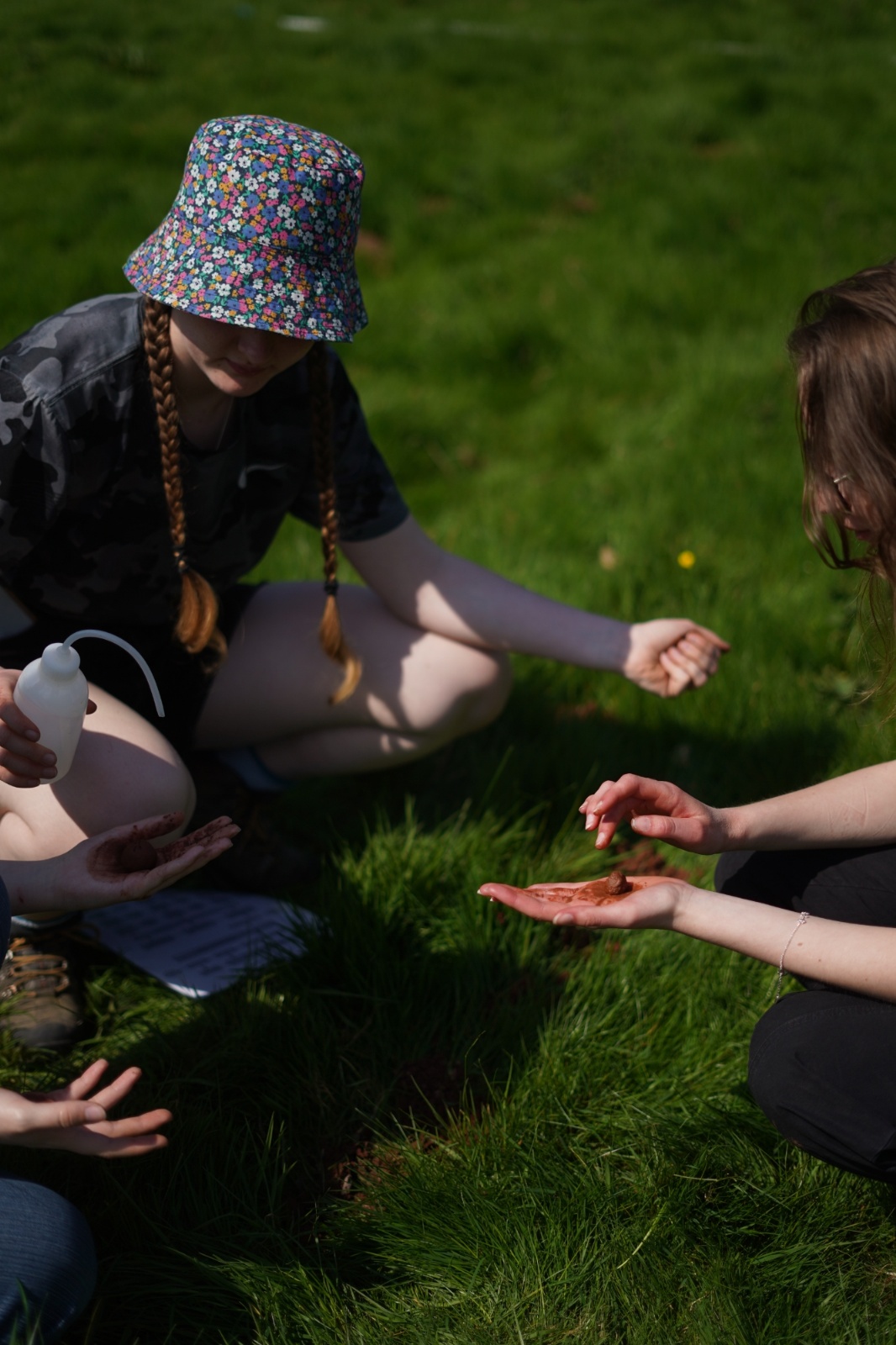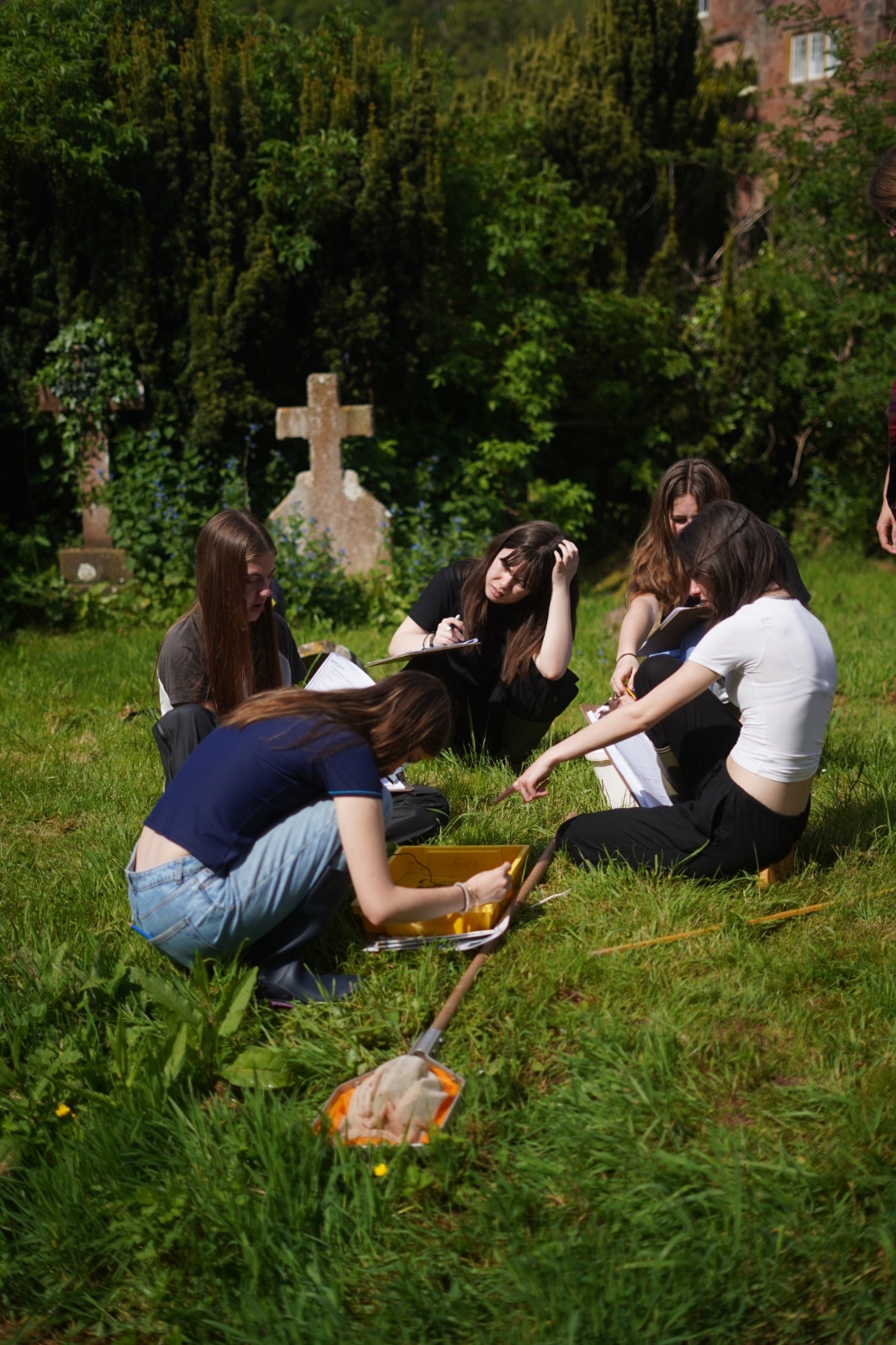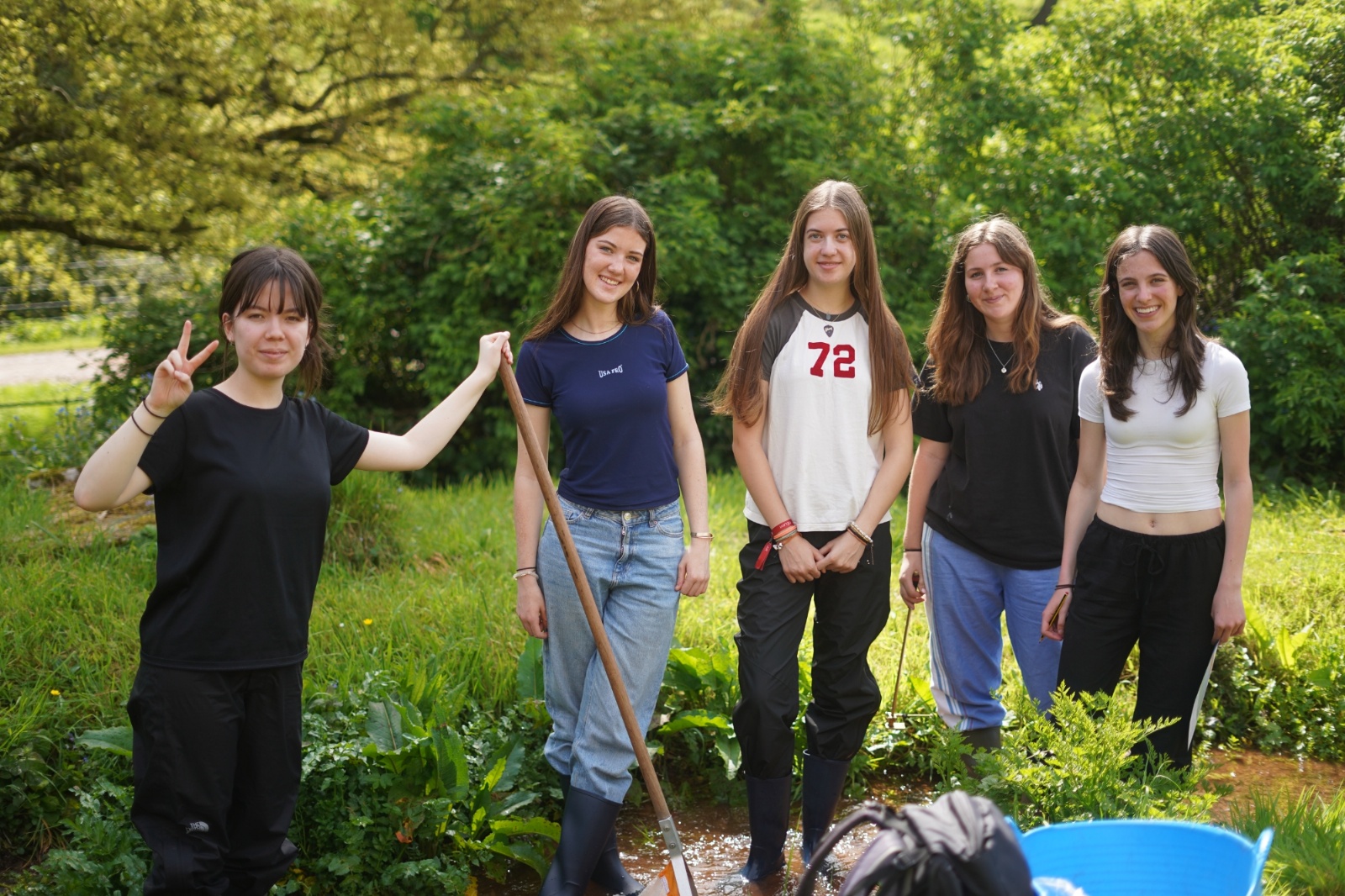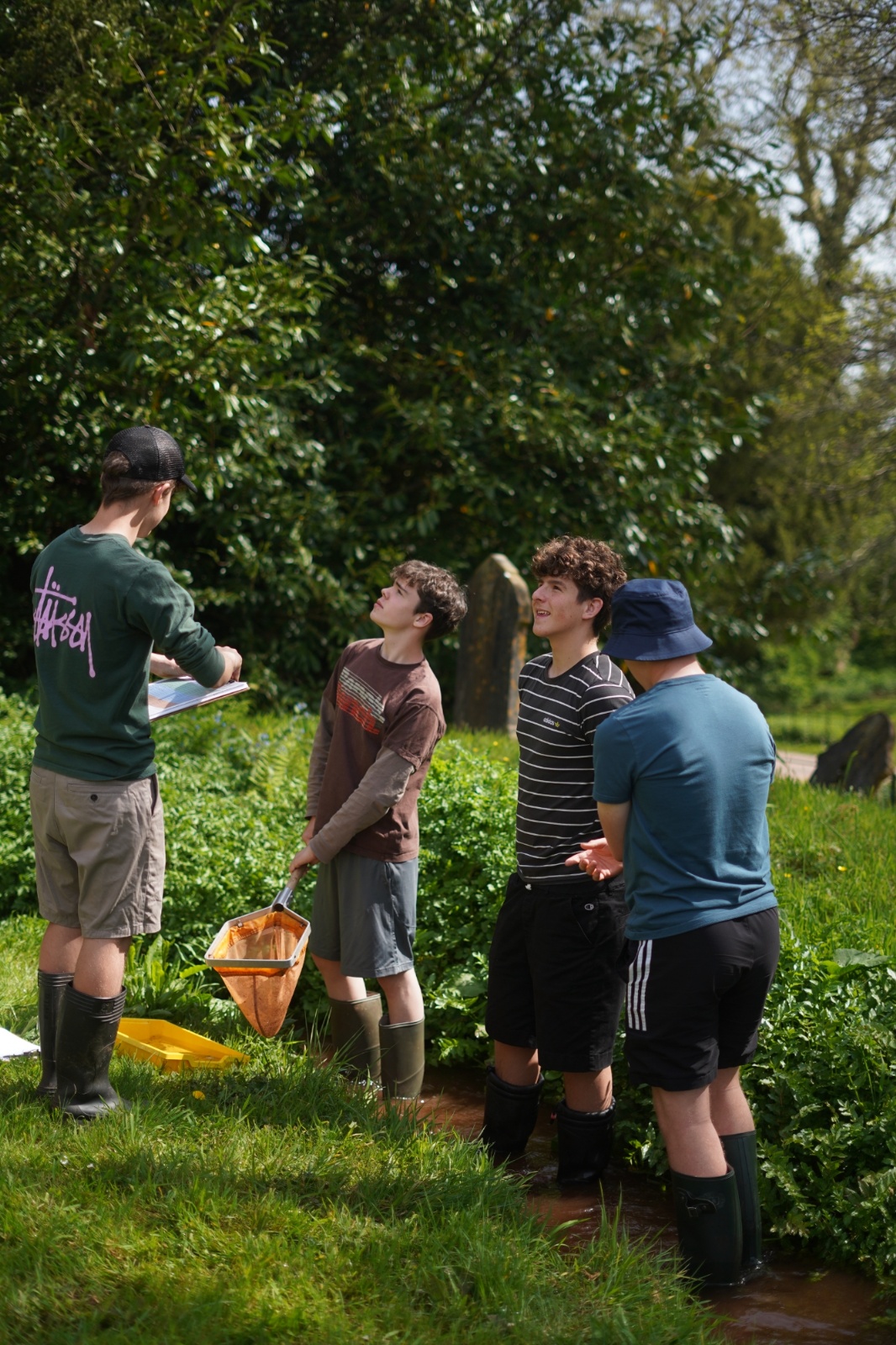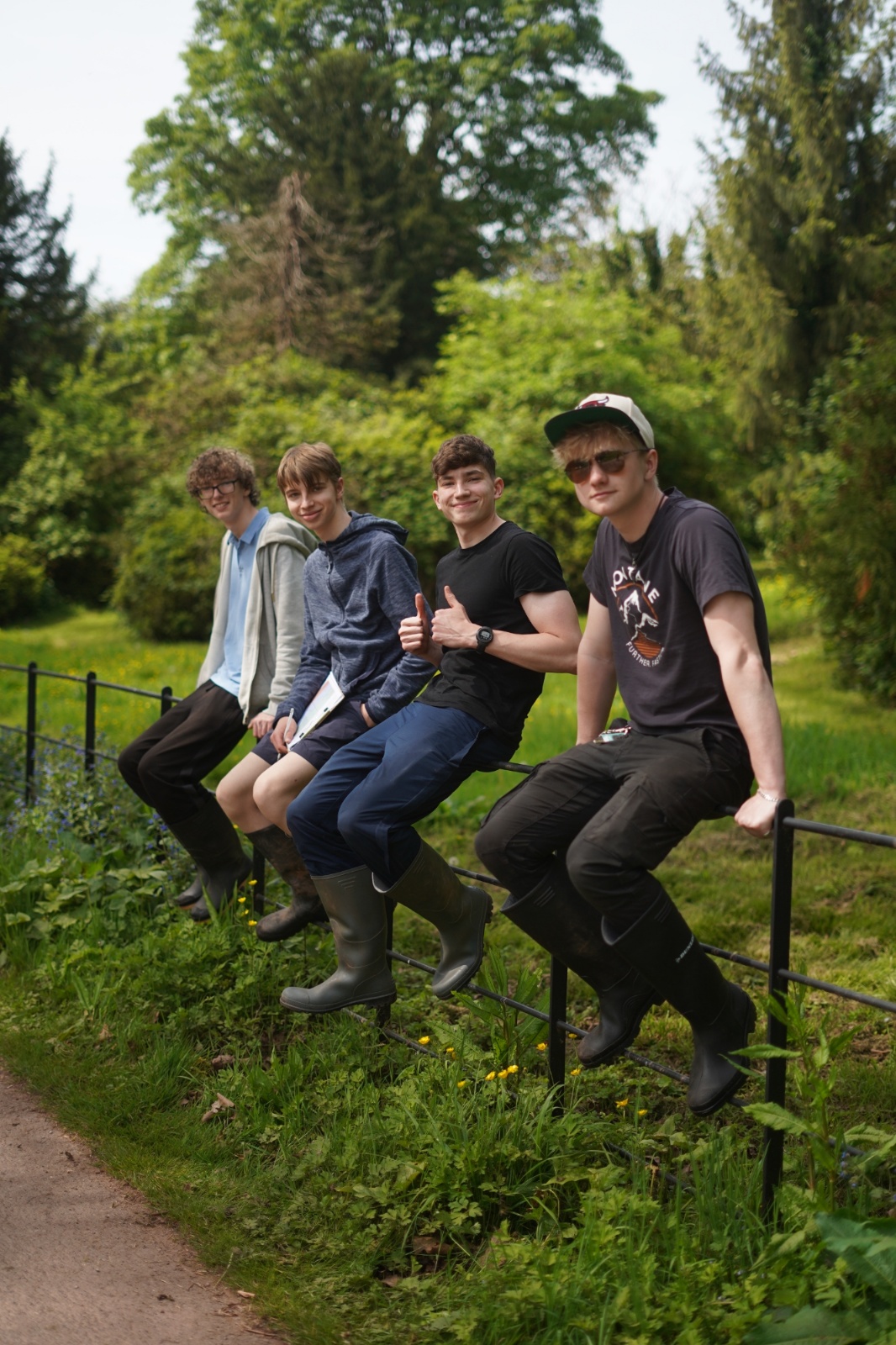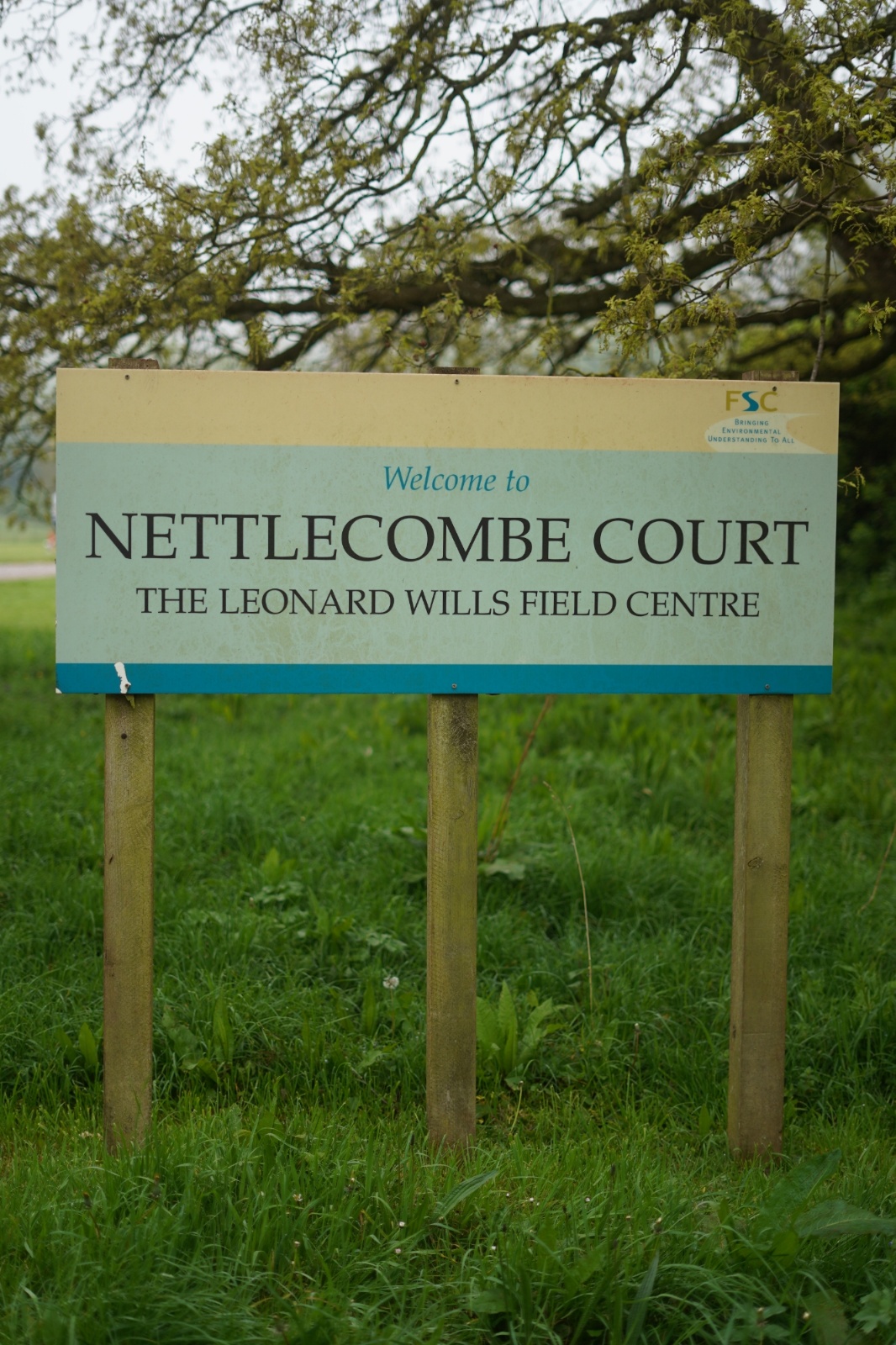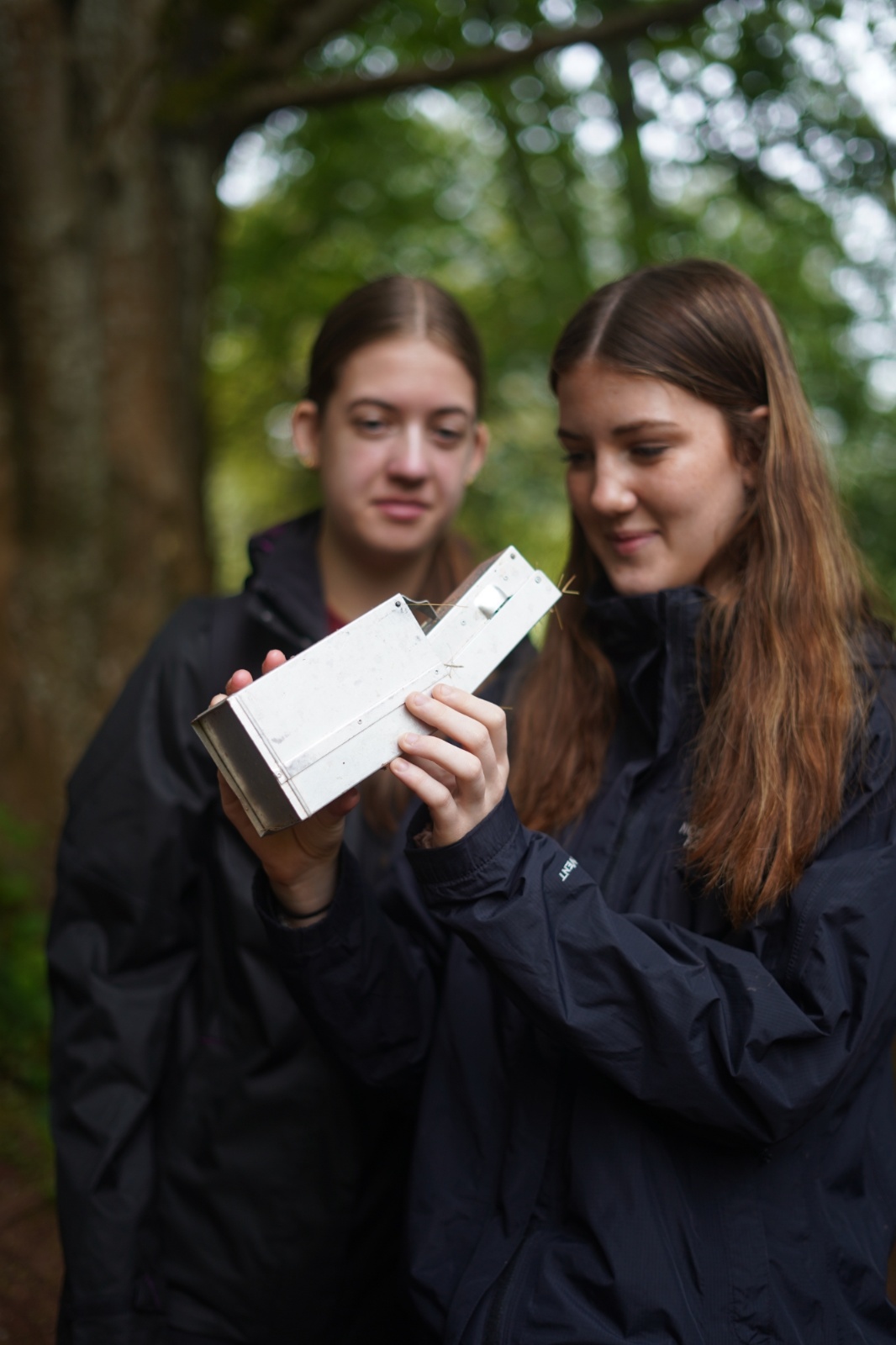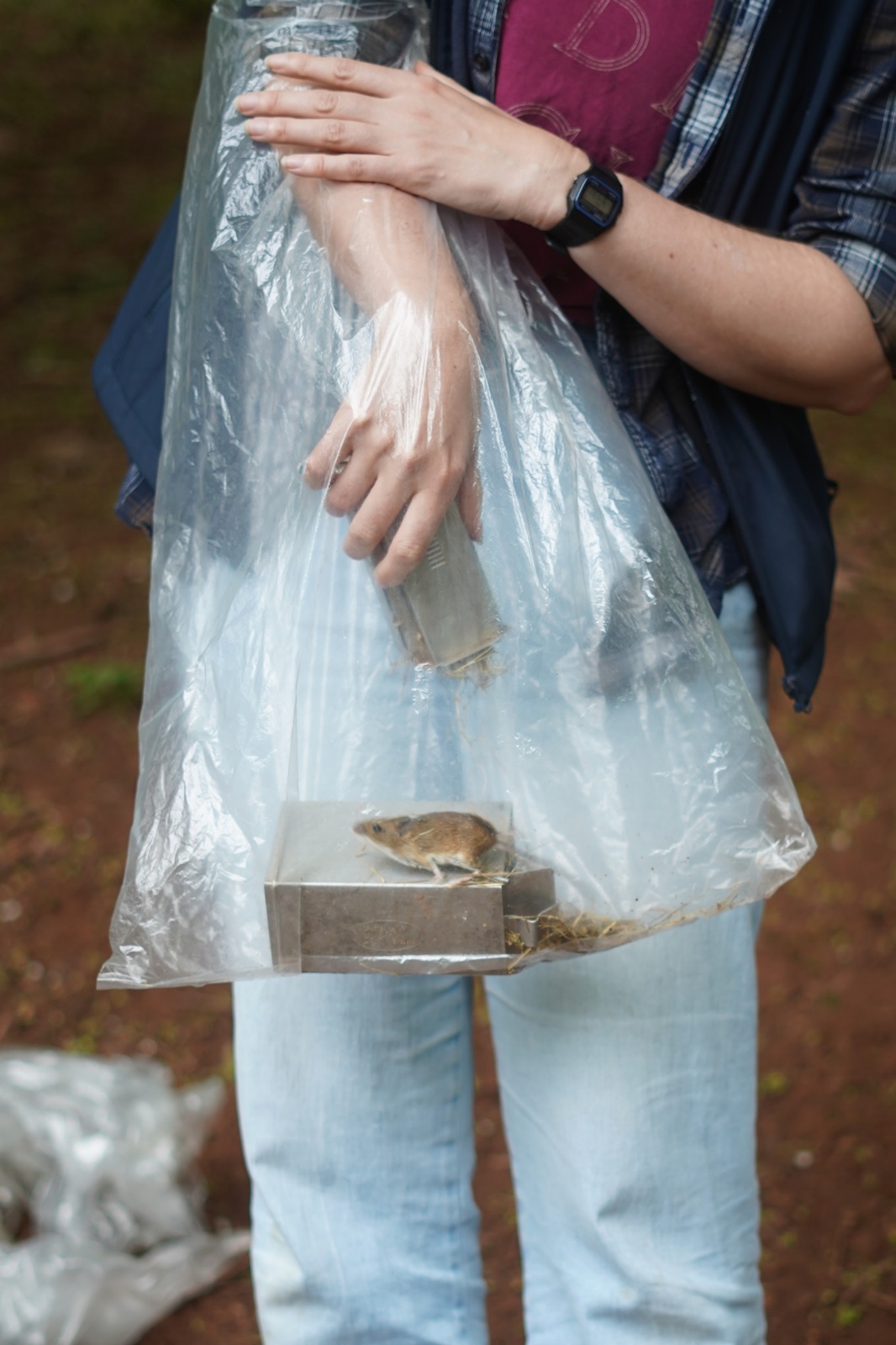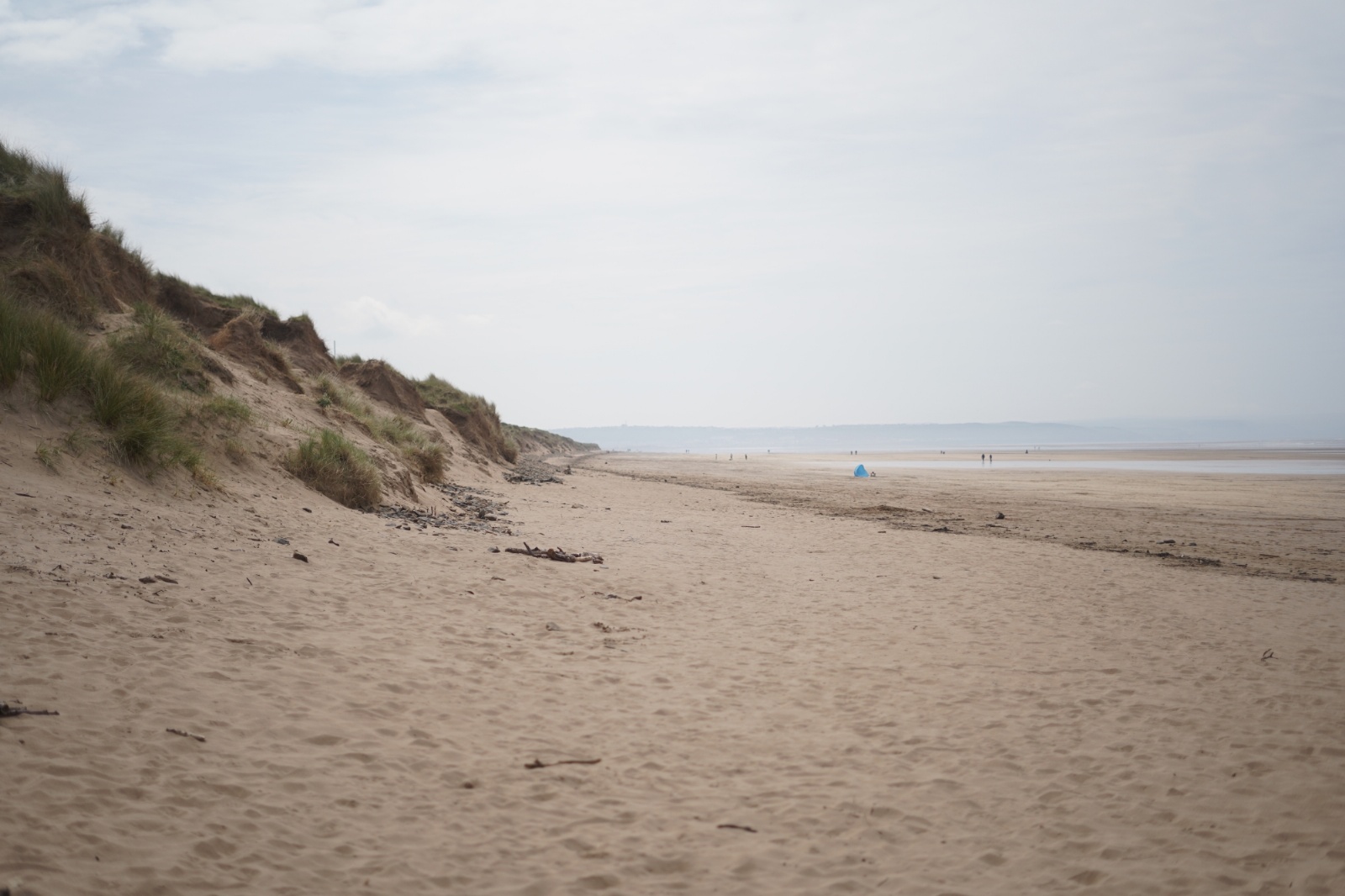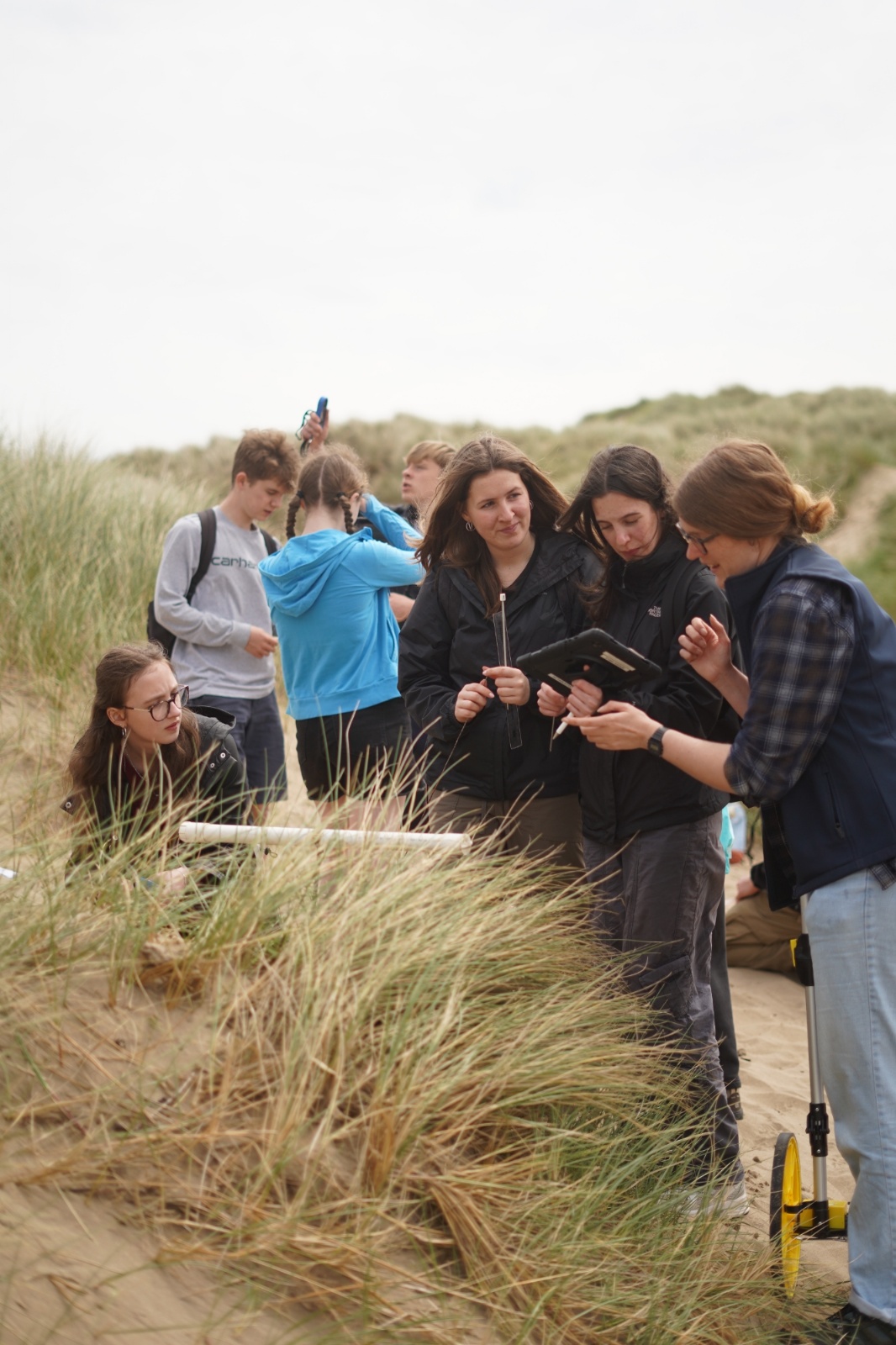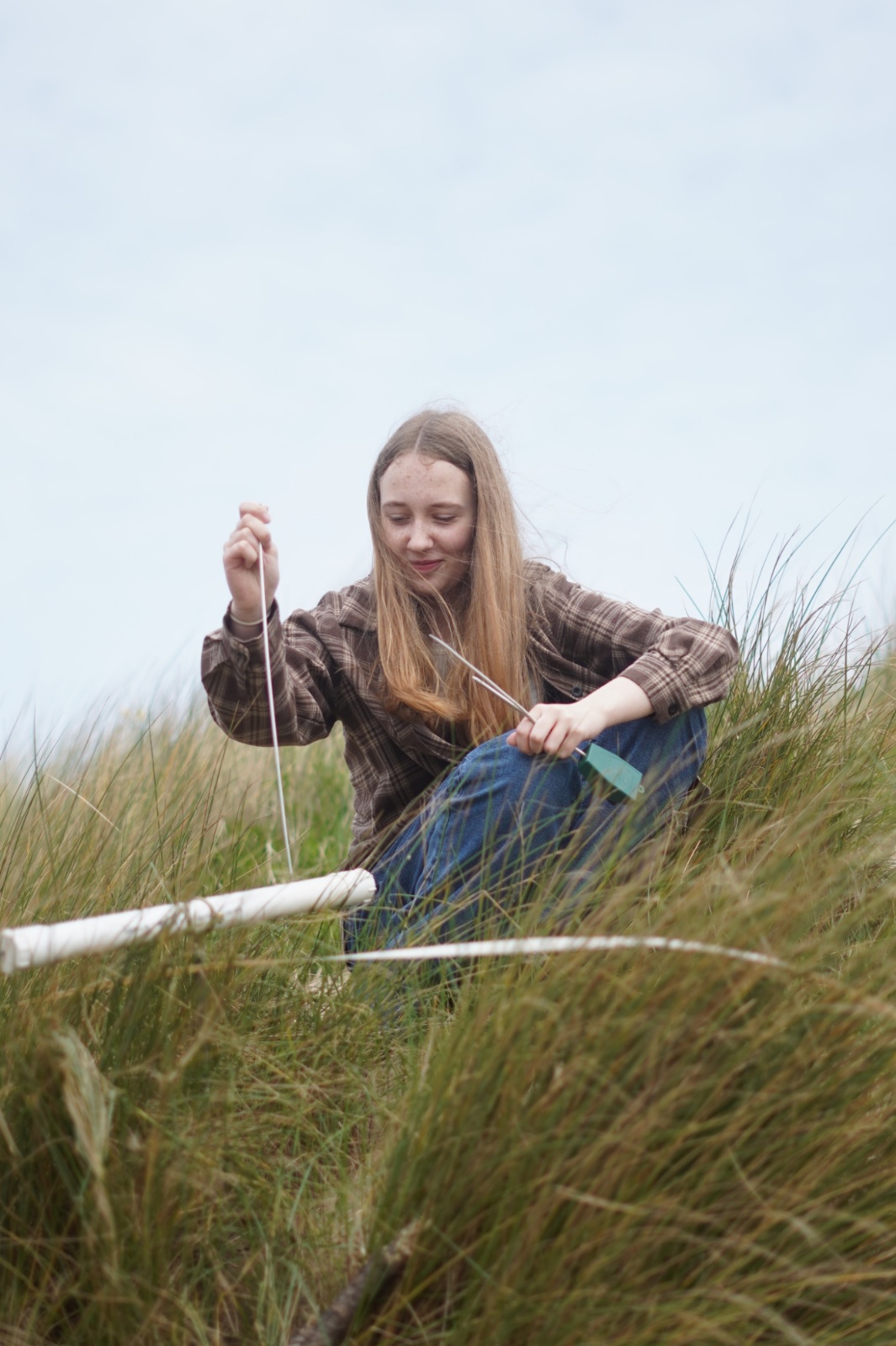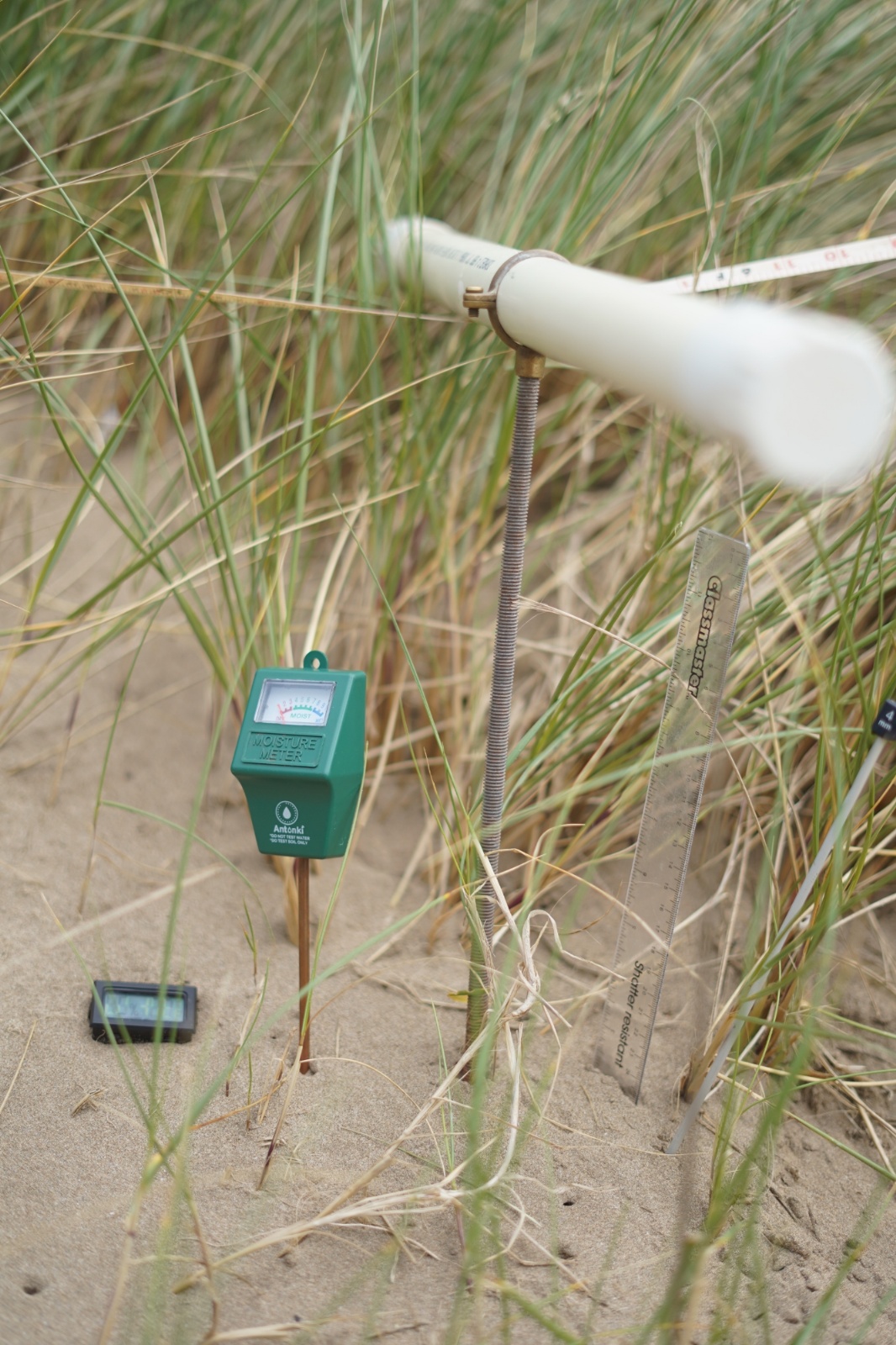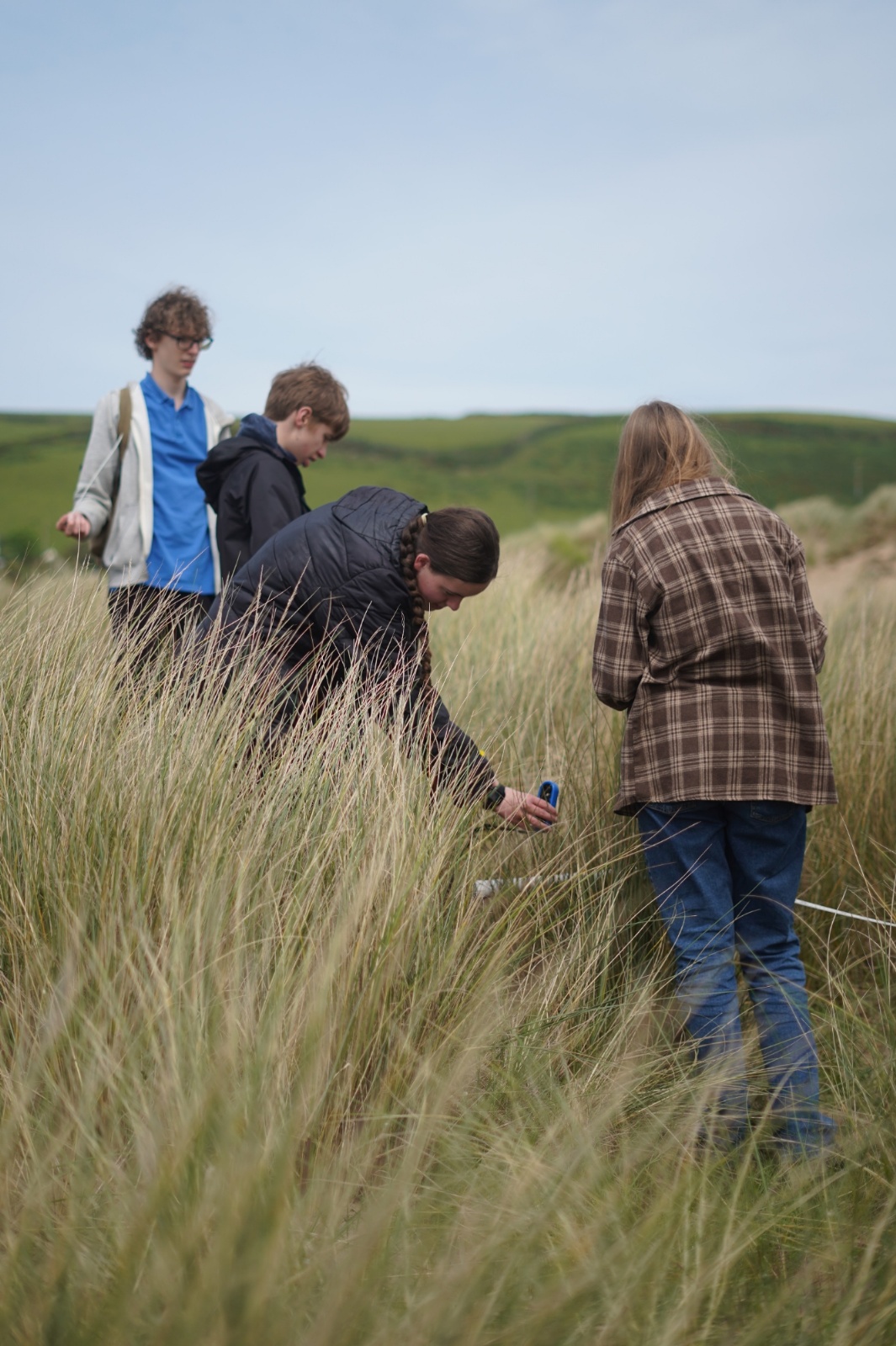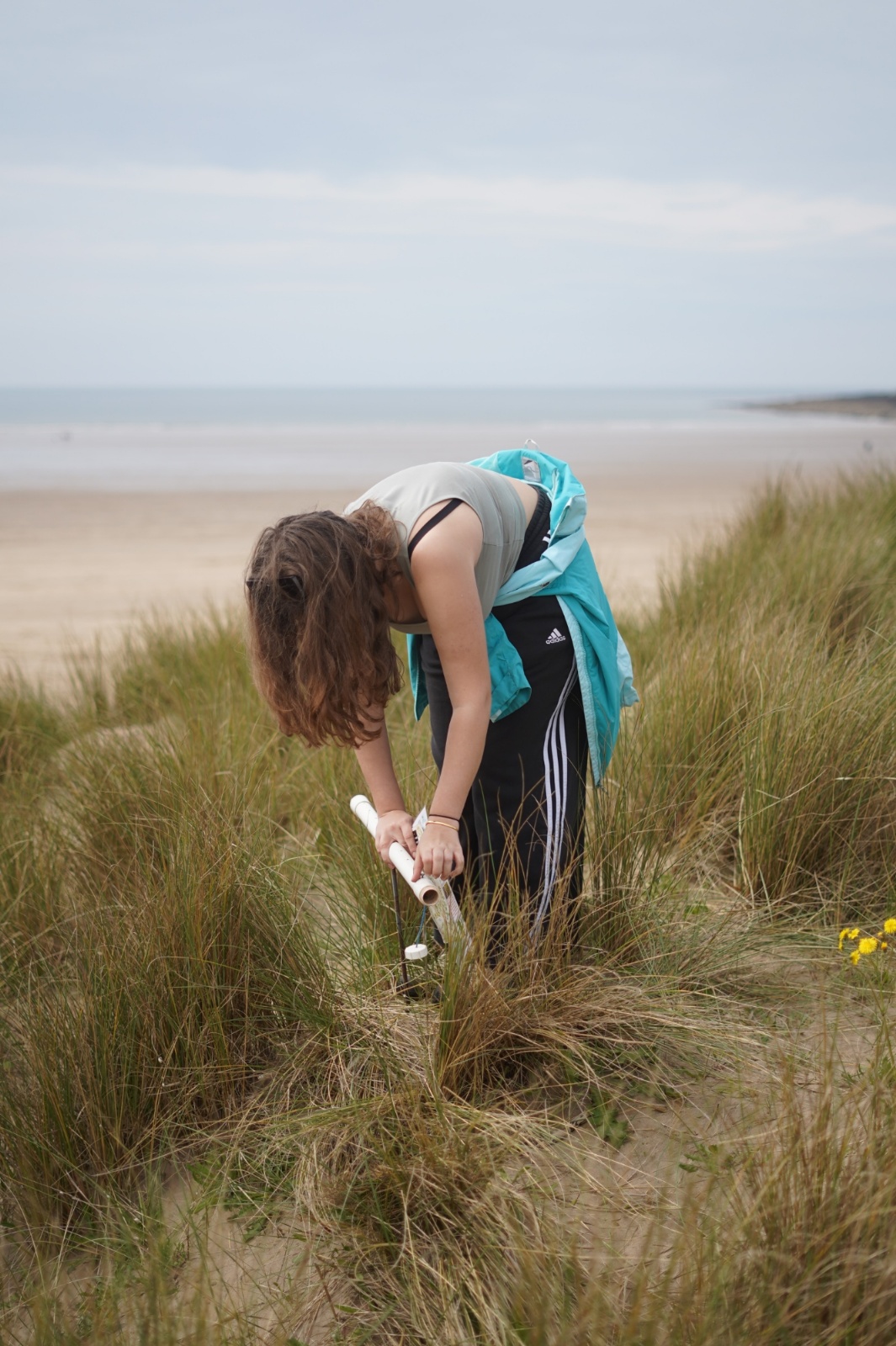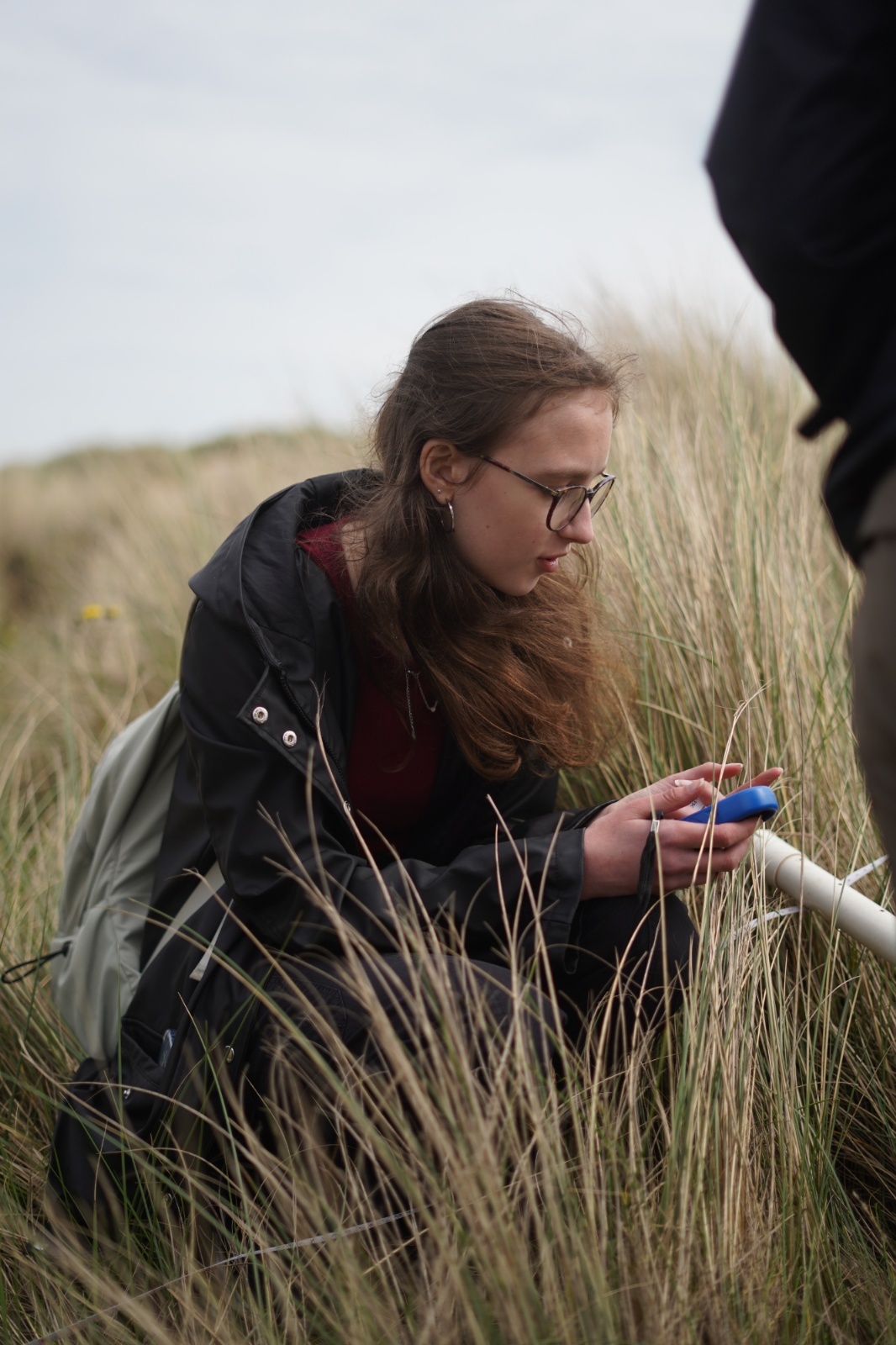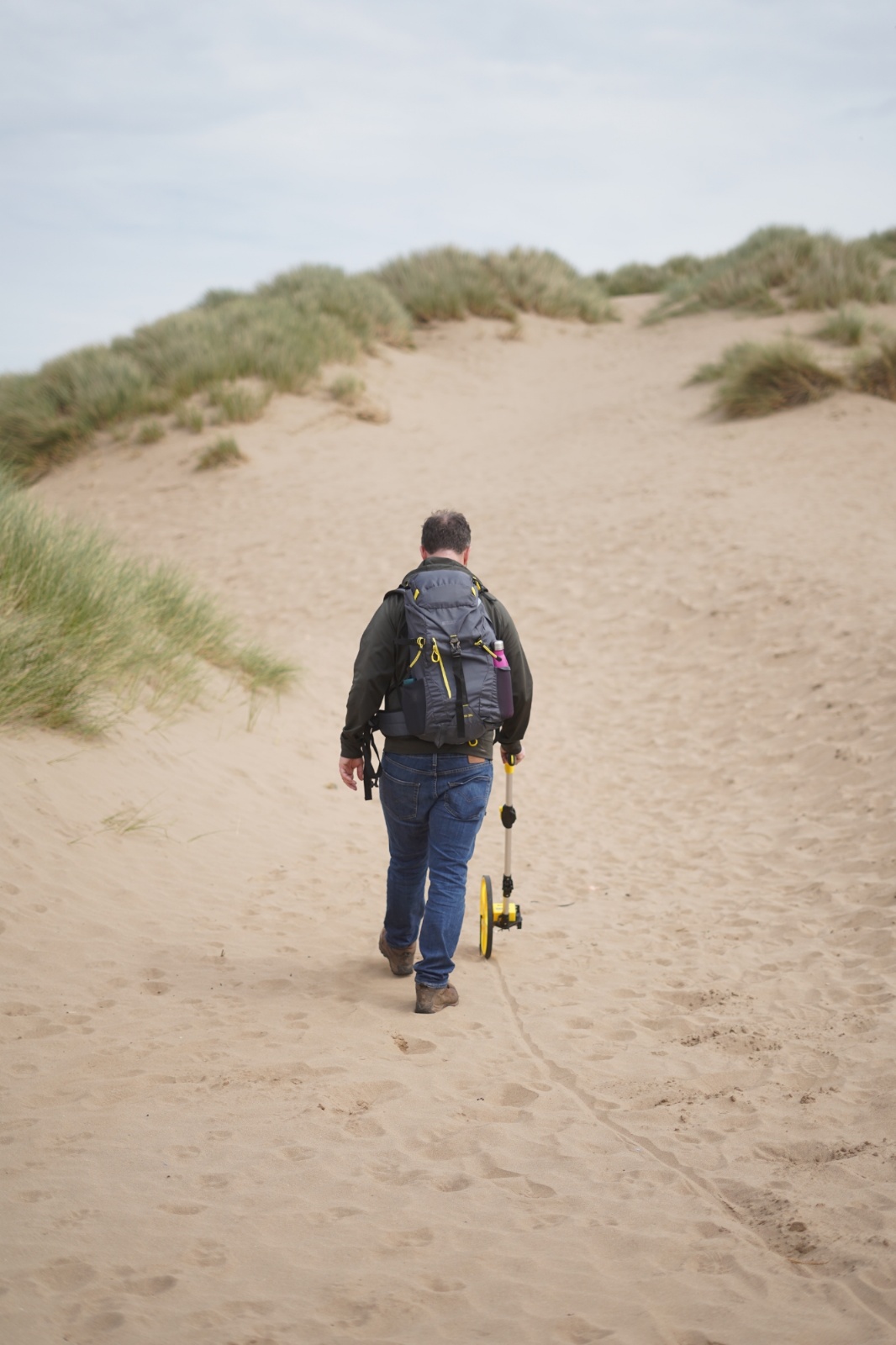
Environmental Scientists complete fieldwork in Somerset
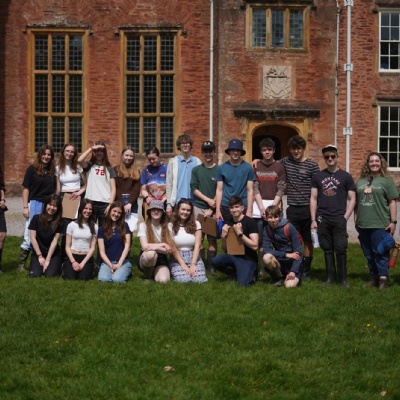
The Environmental Science students just had a gloriously sunny 4 days completing fieldwork in Somerset from the 7th – 10th May.
As soon as we arrived, it was straight to work measuring air pollution levels by analysing lichens in Taunton, and from there we travelled on to the beautiful field studies centre that was our home for the duration of the trip, set in the rolling Somerset hills. That evening, we set up some small mammal traps in the woodland on-site, which we checked the next morning – luckily, we caught 6 or 7 (extremely cute) mice, which we weighed to assess their health, then released back into the woods. We then set out across the border into Devon, heading to Braunton Burrows and the largest sand dune system in England. Here we investigated ecological succession, examining the changes in plant species present across the dune system, and finished off with an ice cream at the beachside café.
The next day was a busy one – we completed 3 studies in the local area. We started an experiment which ran throughout the day on sampling flying invertebrate species, looking out for bees and butterflies, and also worked to capture and monitor woodlice in order to estimate population size. Alongside this, we took measurements to estimate carbon storage in sycamore trees, and then compared this with oak trees to show us how and why mature woodlands are so important for carbon storage. We then moved on to looking at the soils in the area, working to create soil profiles to allow us to compare grassland and woodland soils. This involved getting VERY muddy when trying to determine soil texture and type! We also took some soil samples back to the classroom lab, where we worked to determine pH, organic content and nitrate levels. After a very busy day, a few of us went out in the evening armed with a bat detectors and successfully located a number of different species of bat by listening to their echolocation calls as they hunted at dusk.
On our final morning, we completed a study of water pollution in 2 local streams, comparing aquatic invertebrate species at both sites to determine the health of the stream ecosystems. After a jam-packed few days, it was then time to head home for a well-deserved rest after our time in the Somerset sunshine.
Next year’s ES field trip will be to Wales – here’s hoping for a repeat of what was an excellent trip, and of the fantastic weather!



